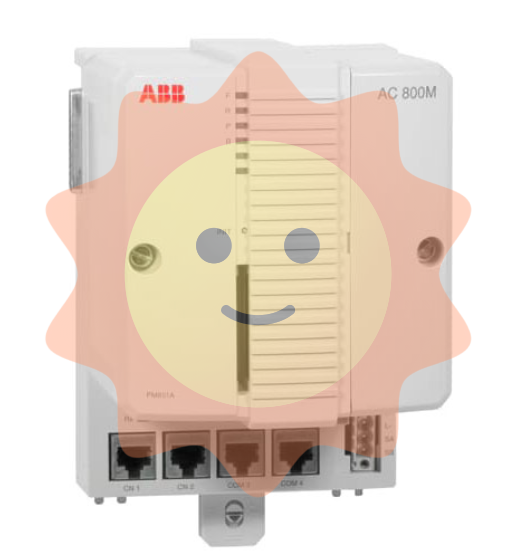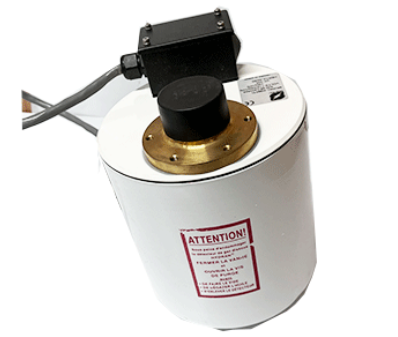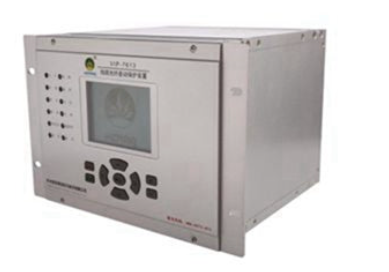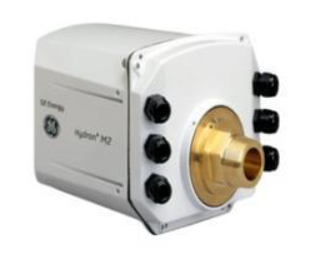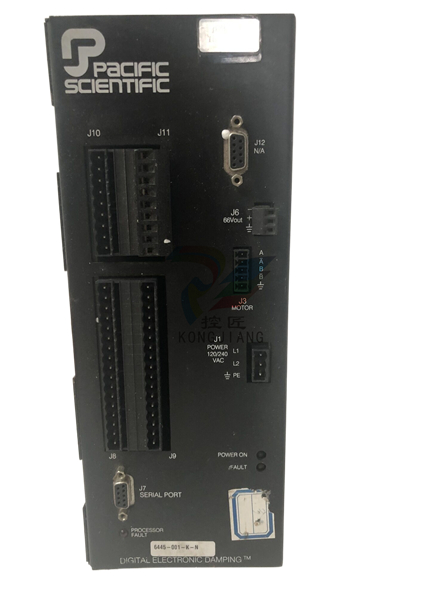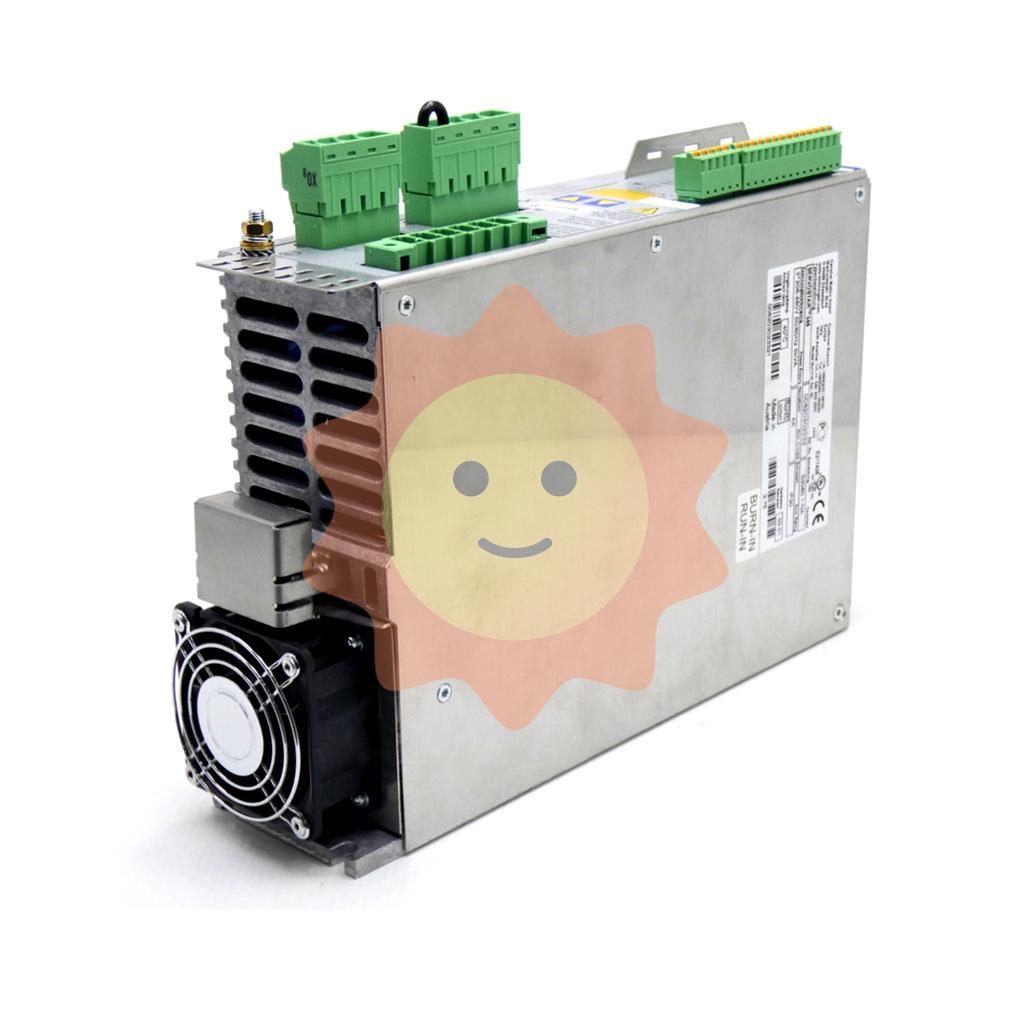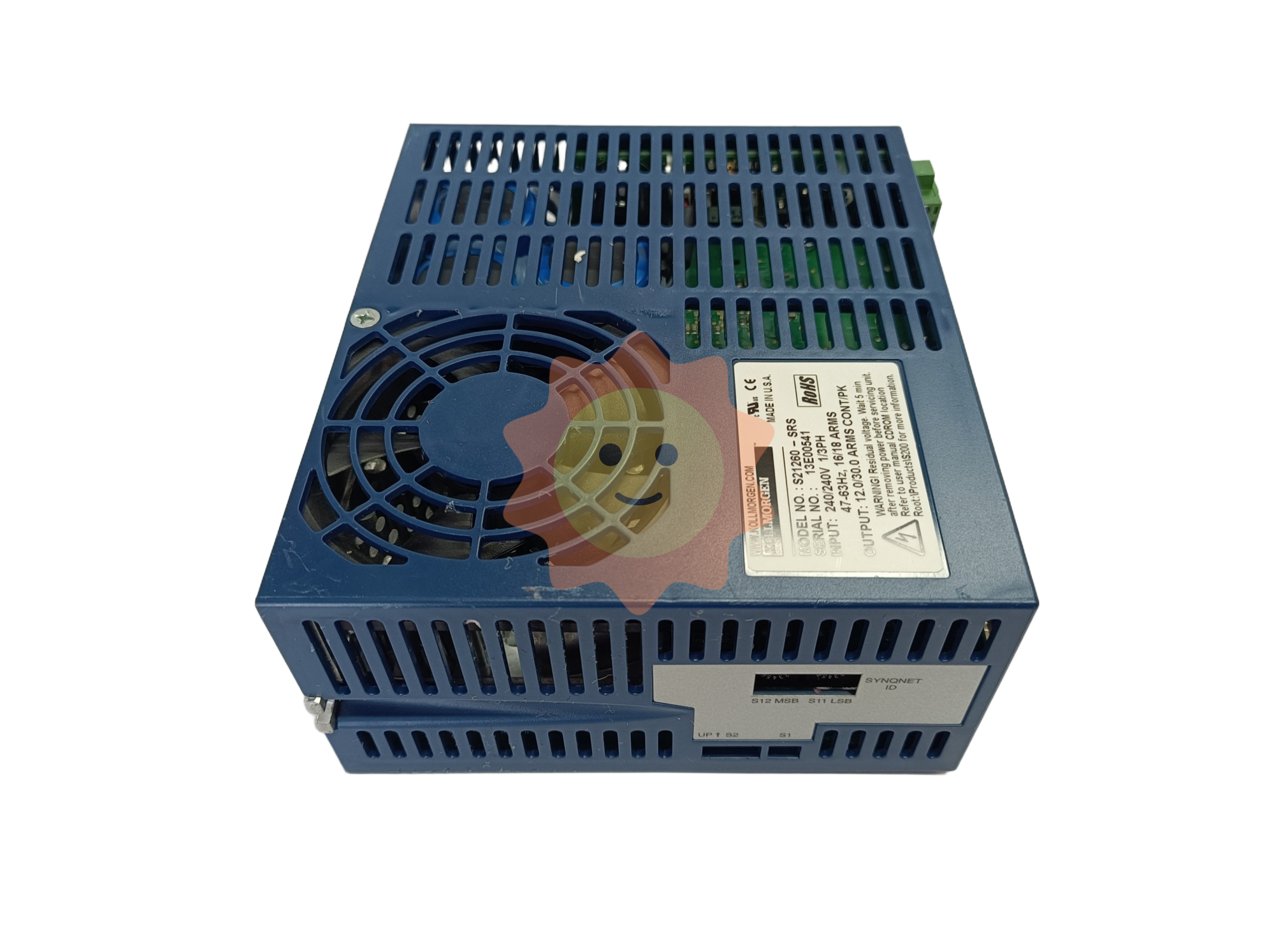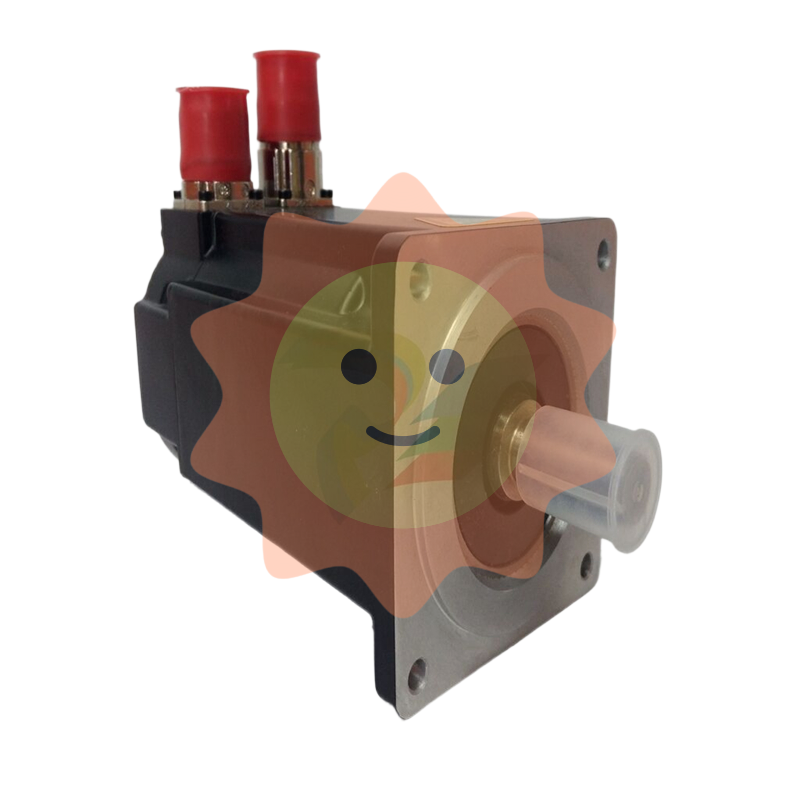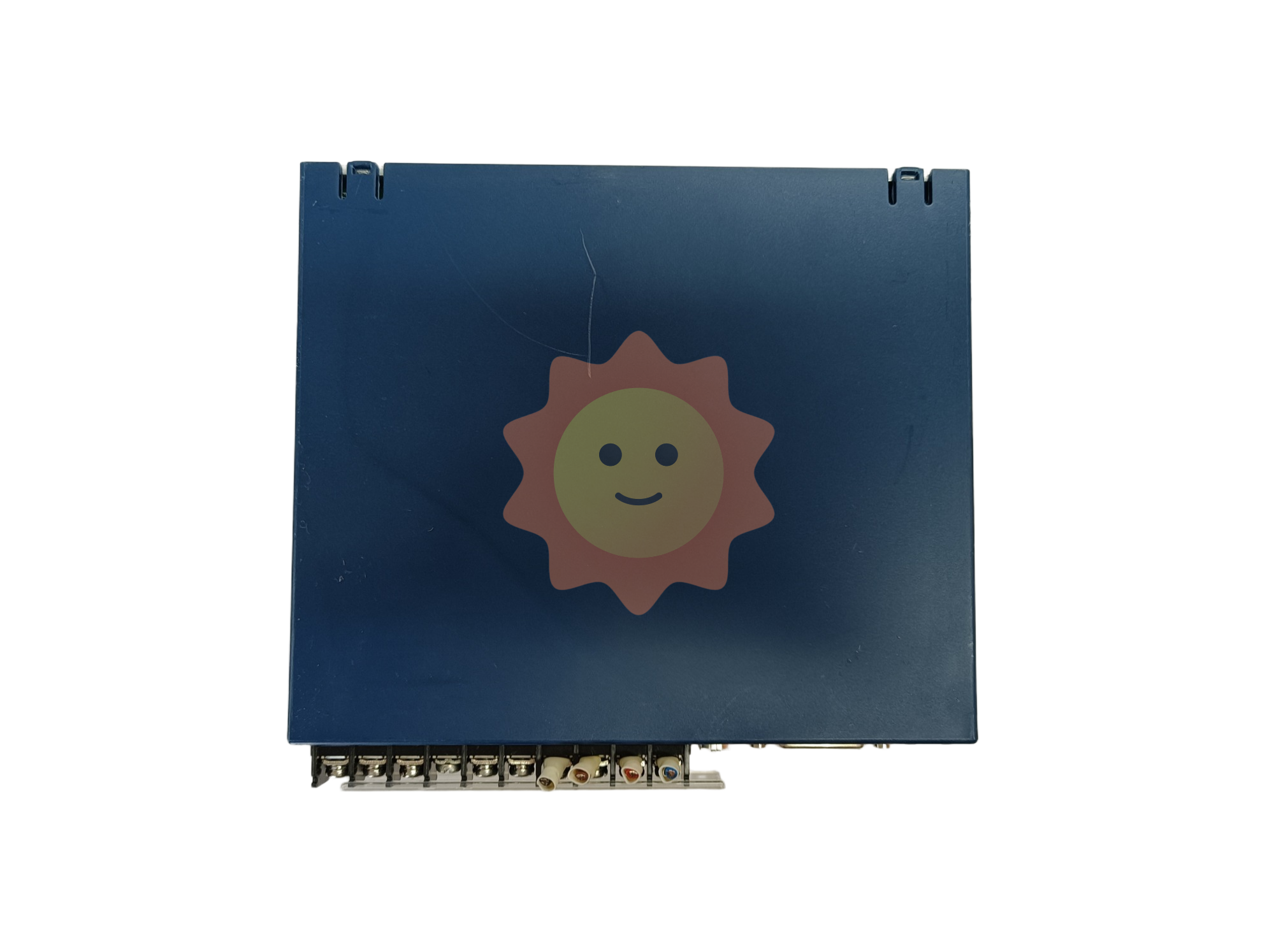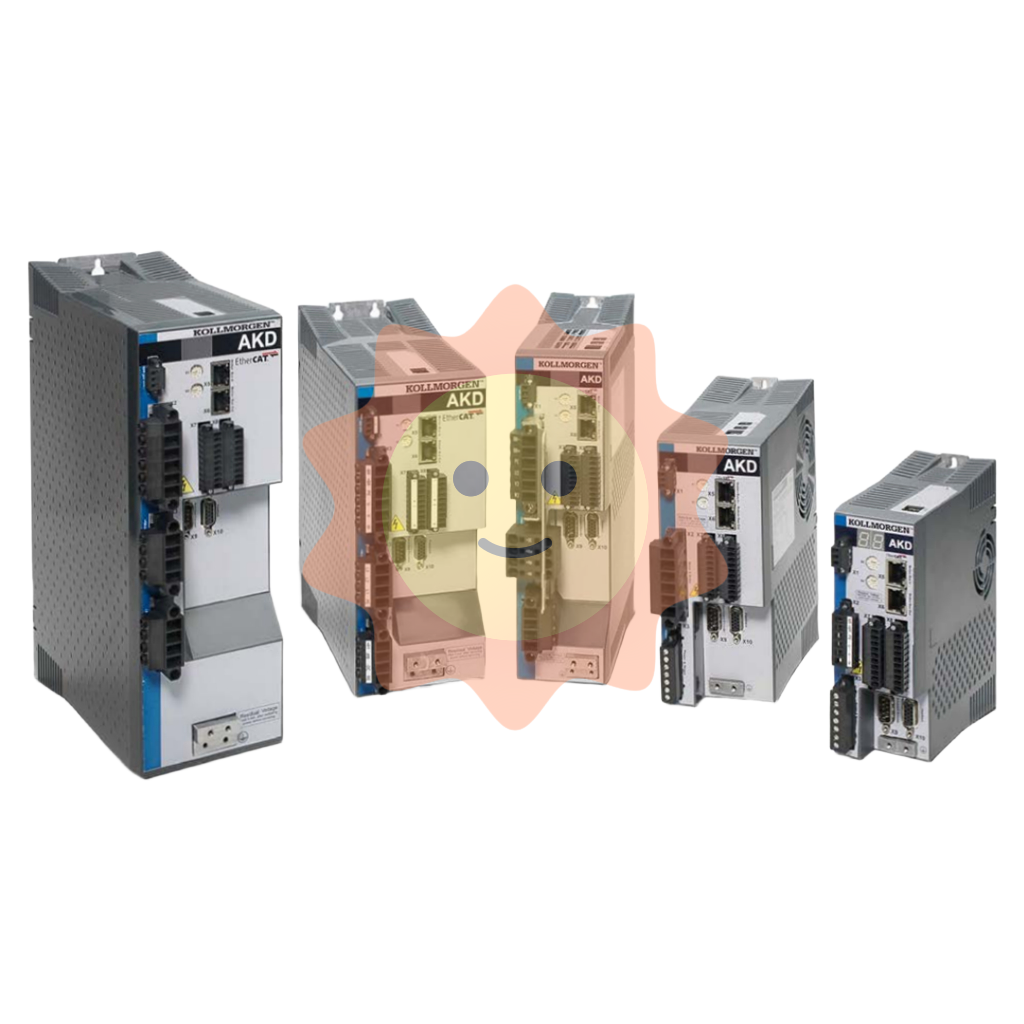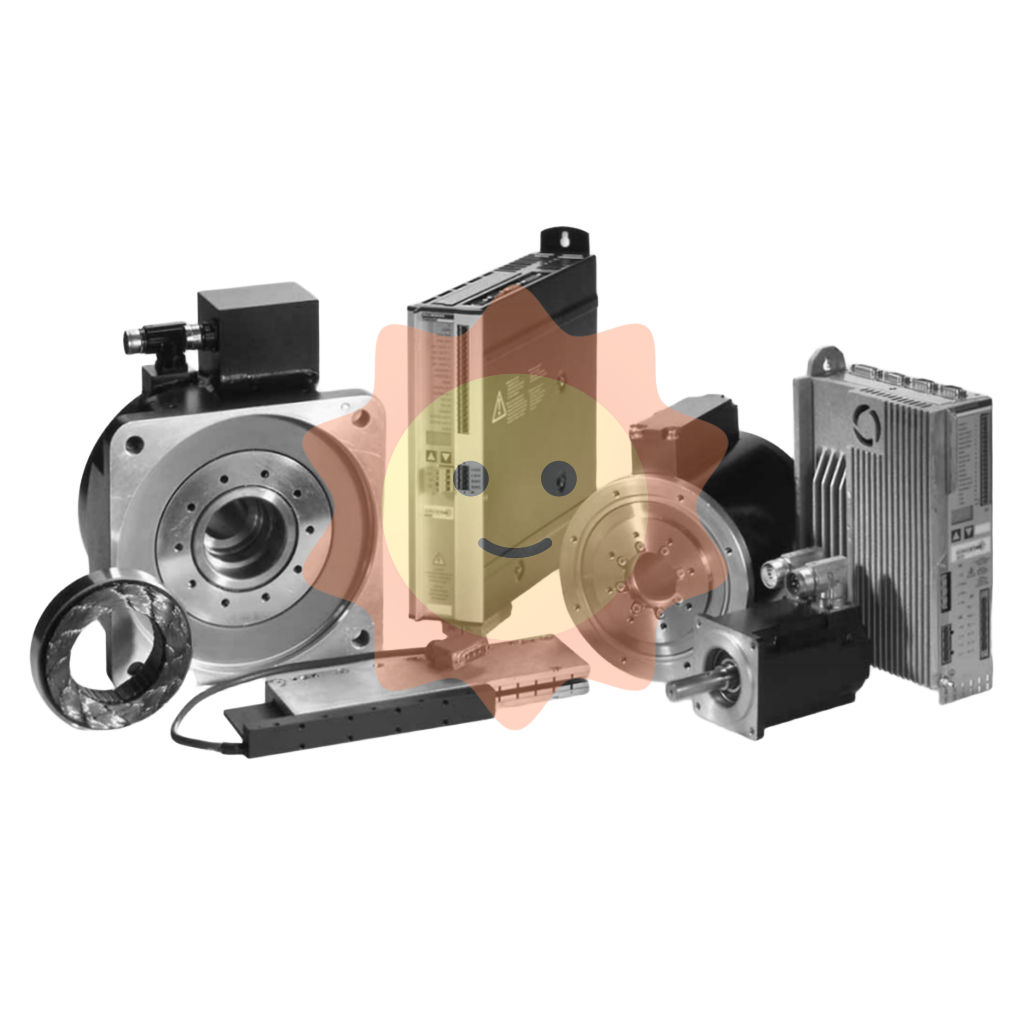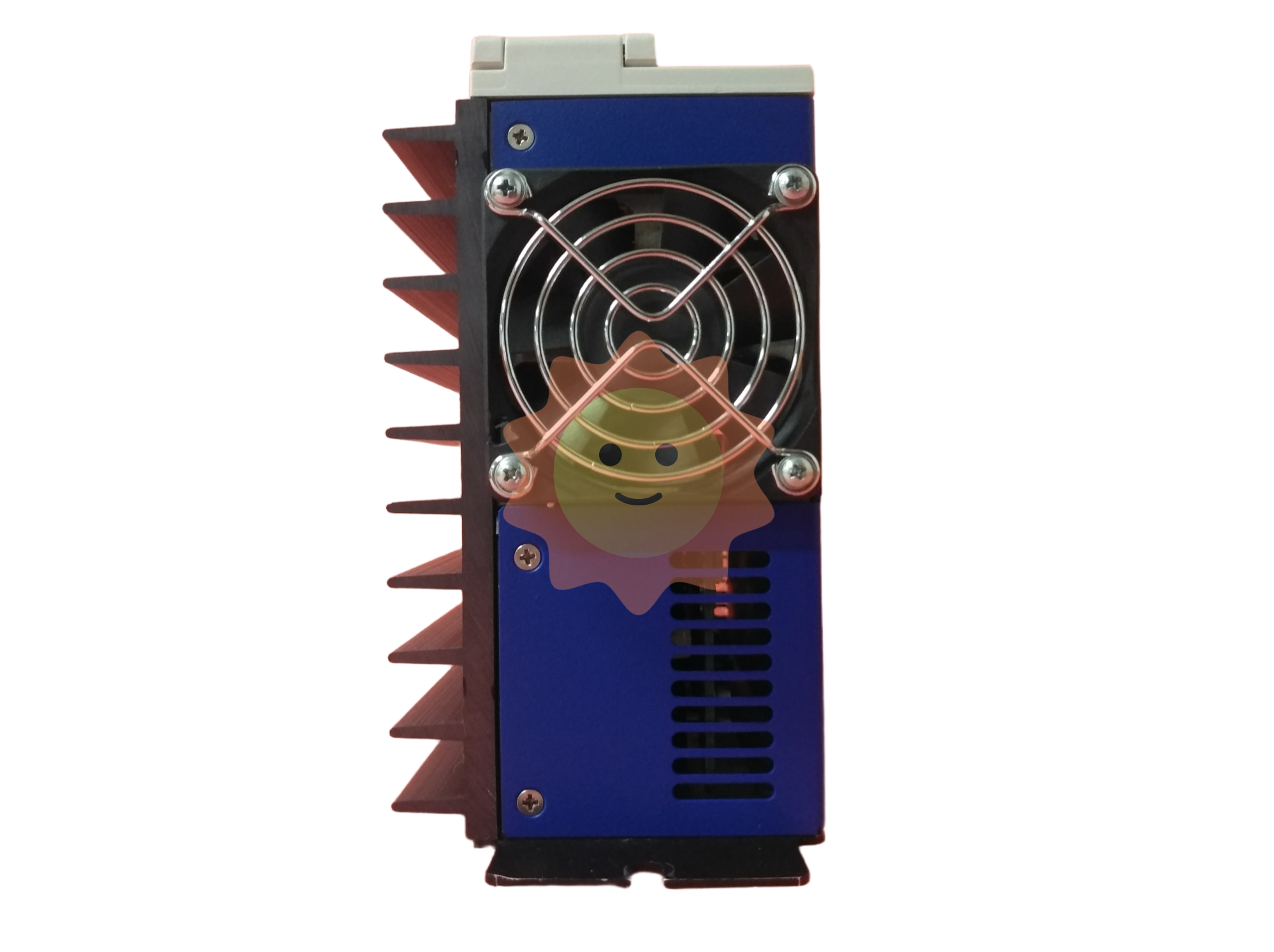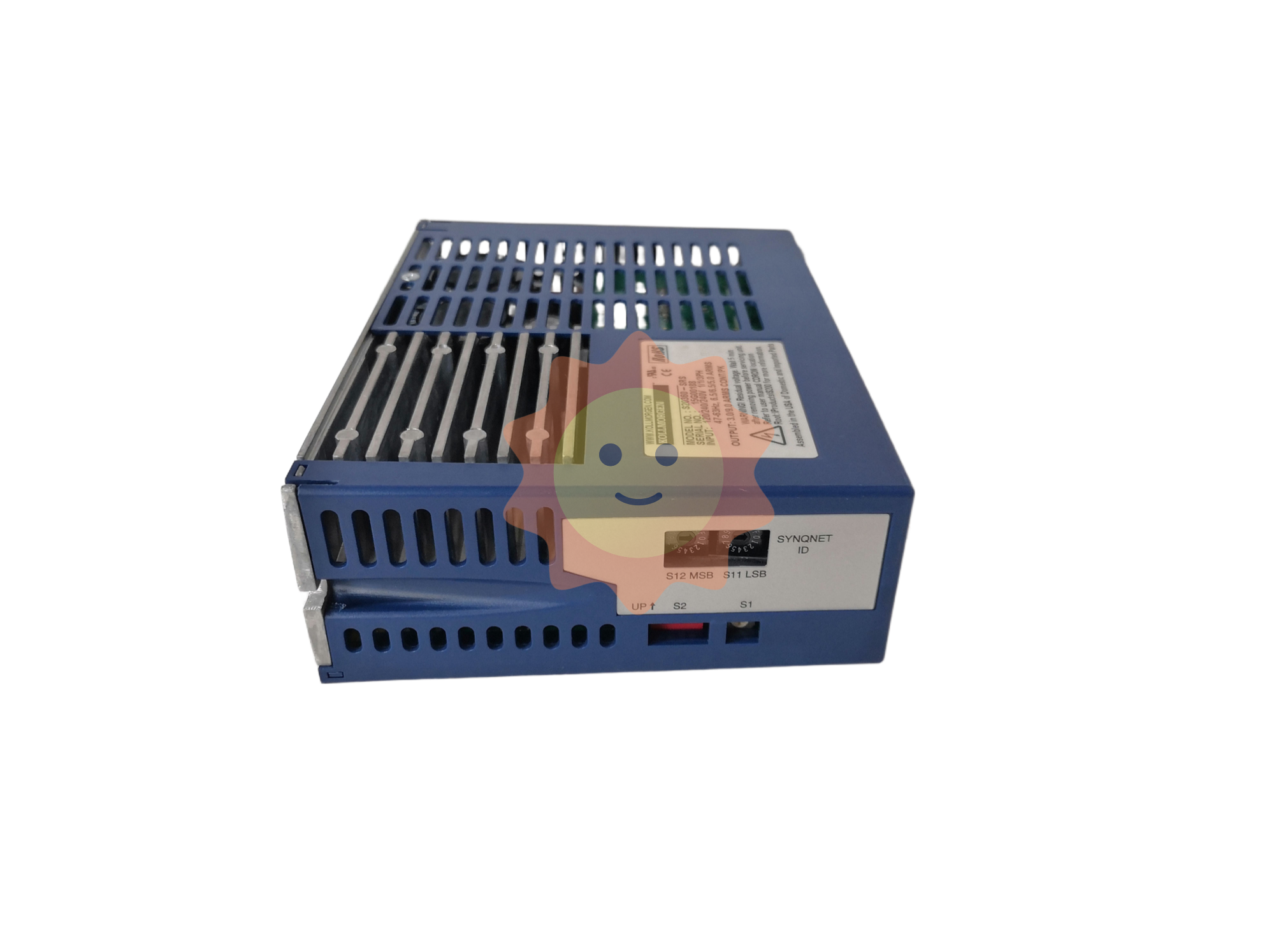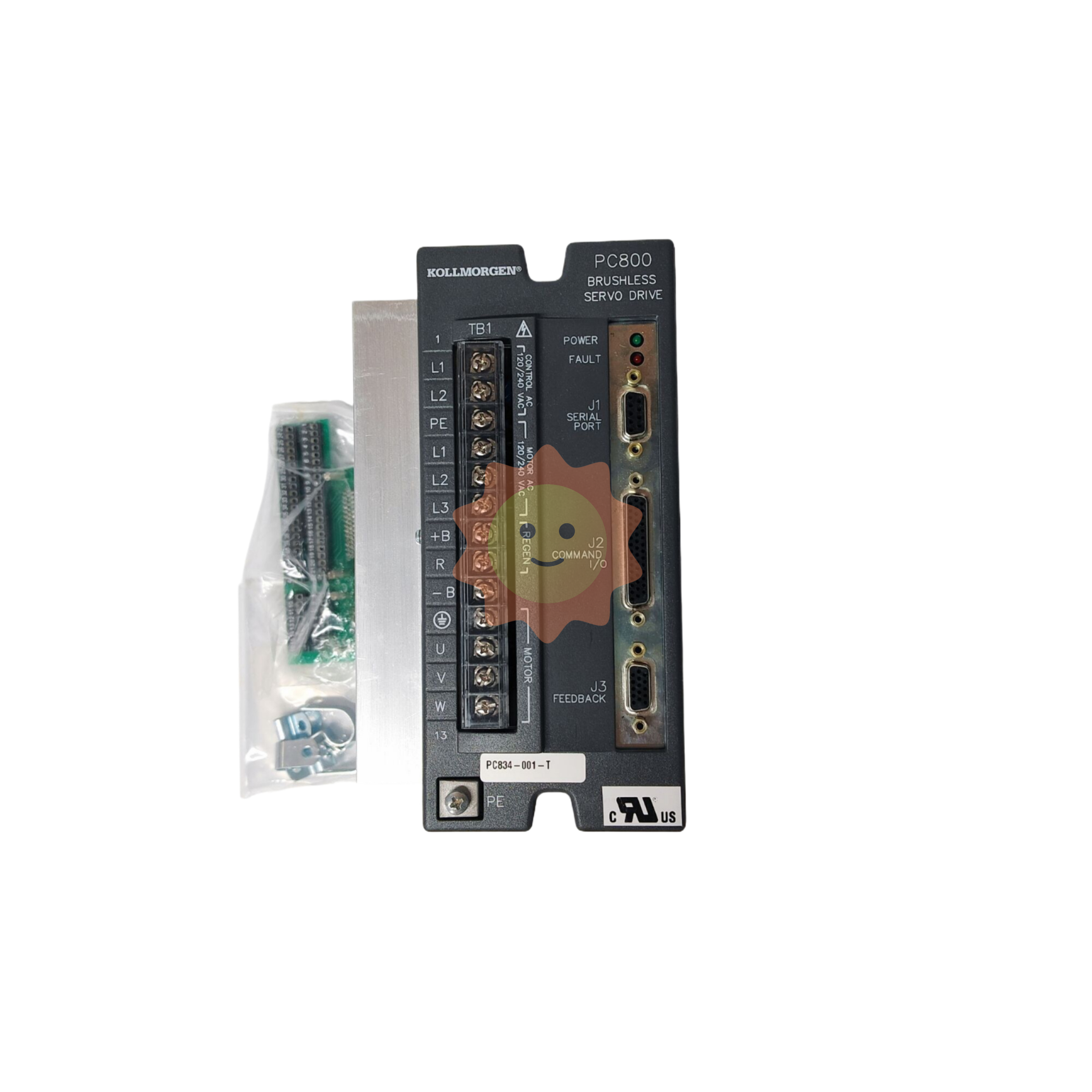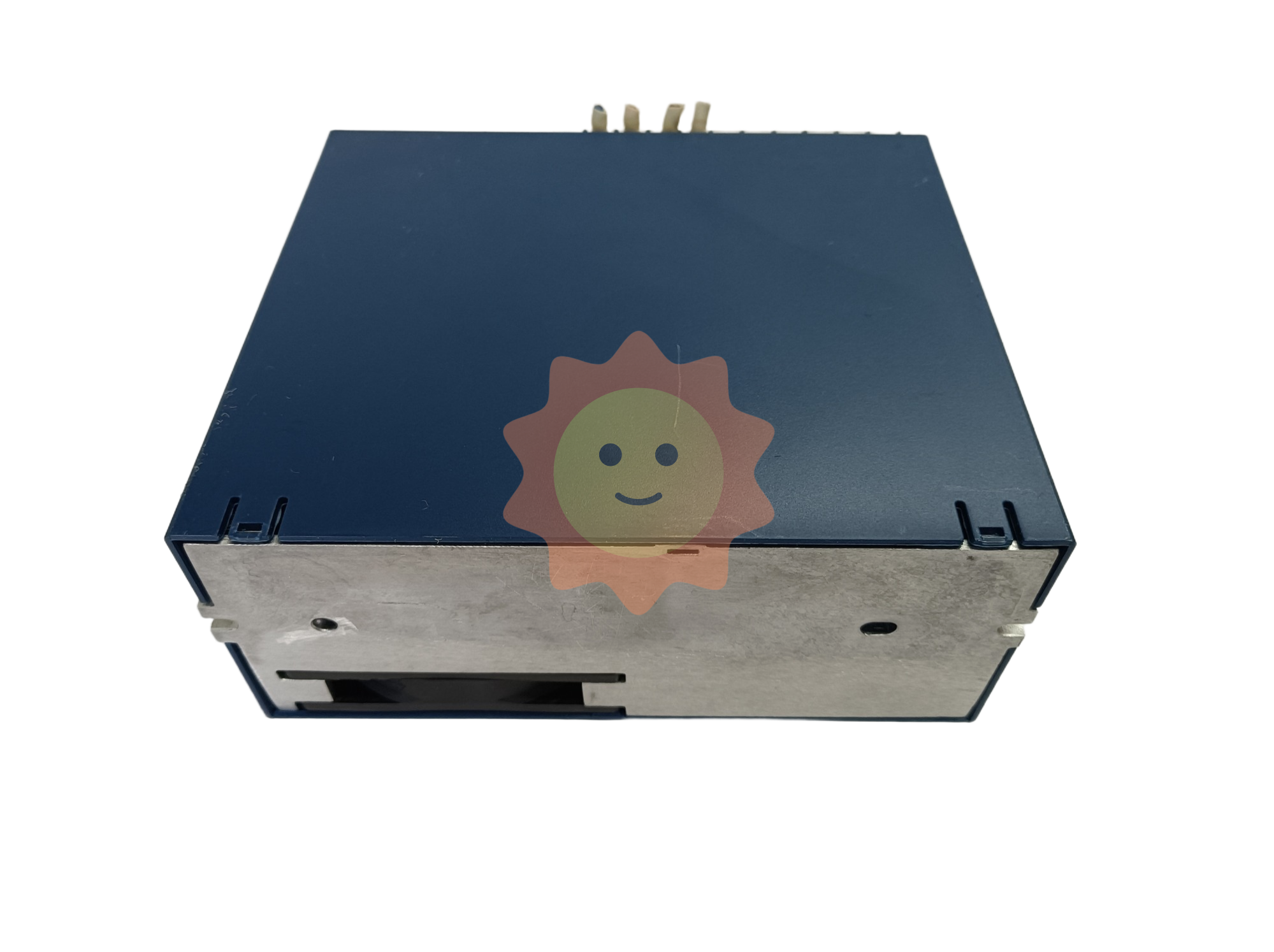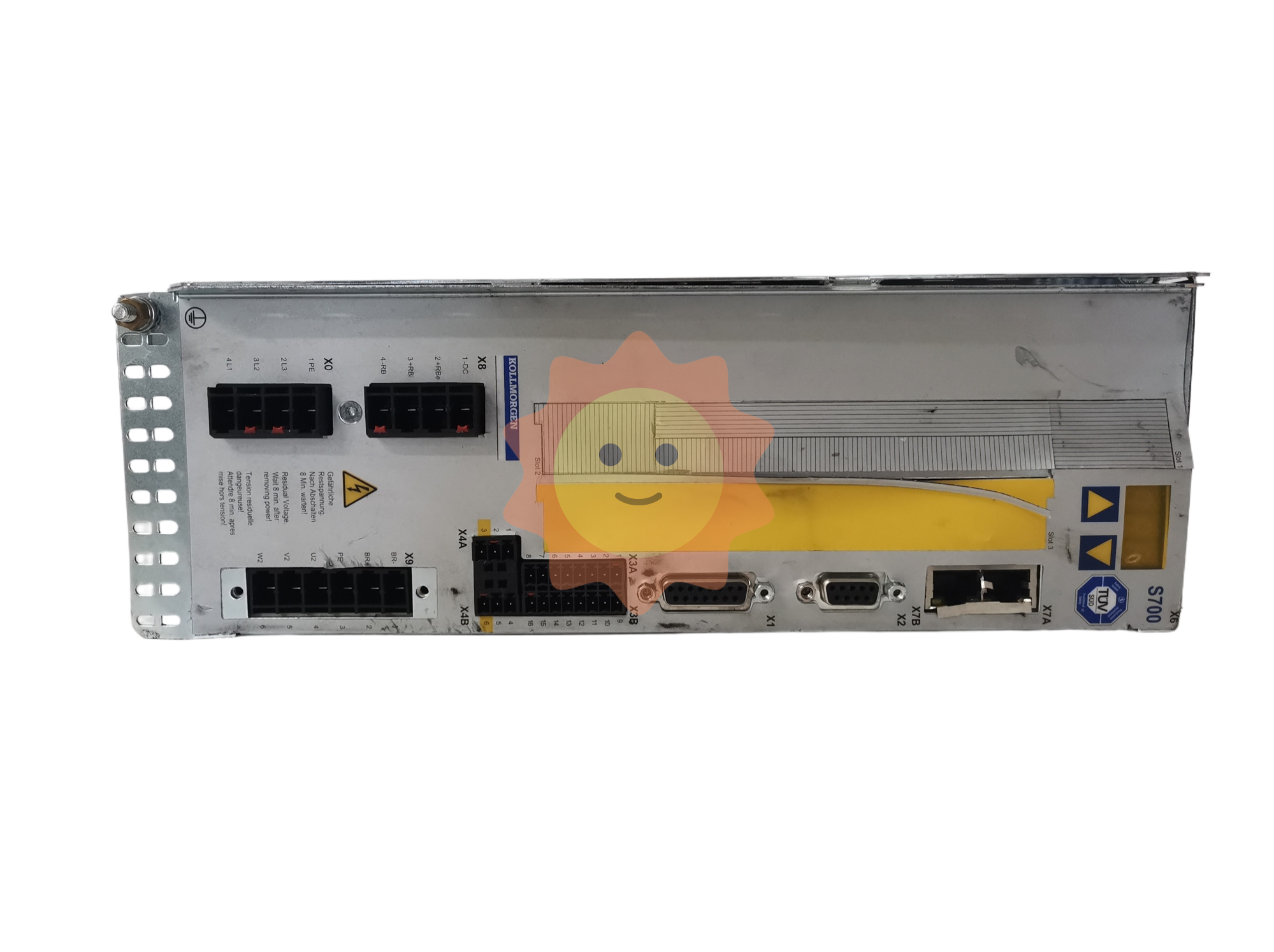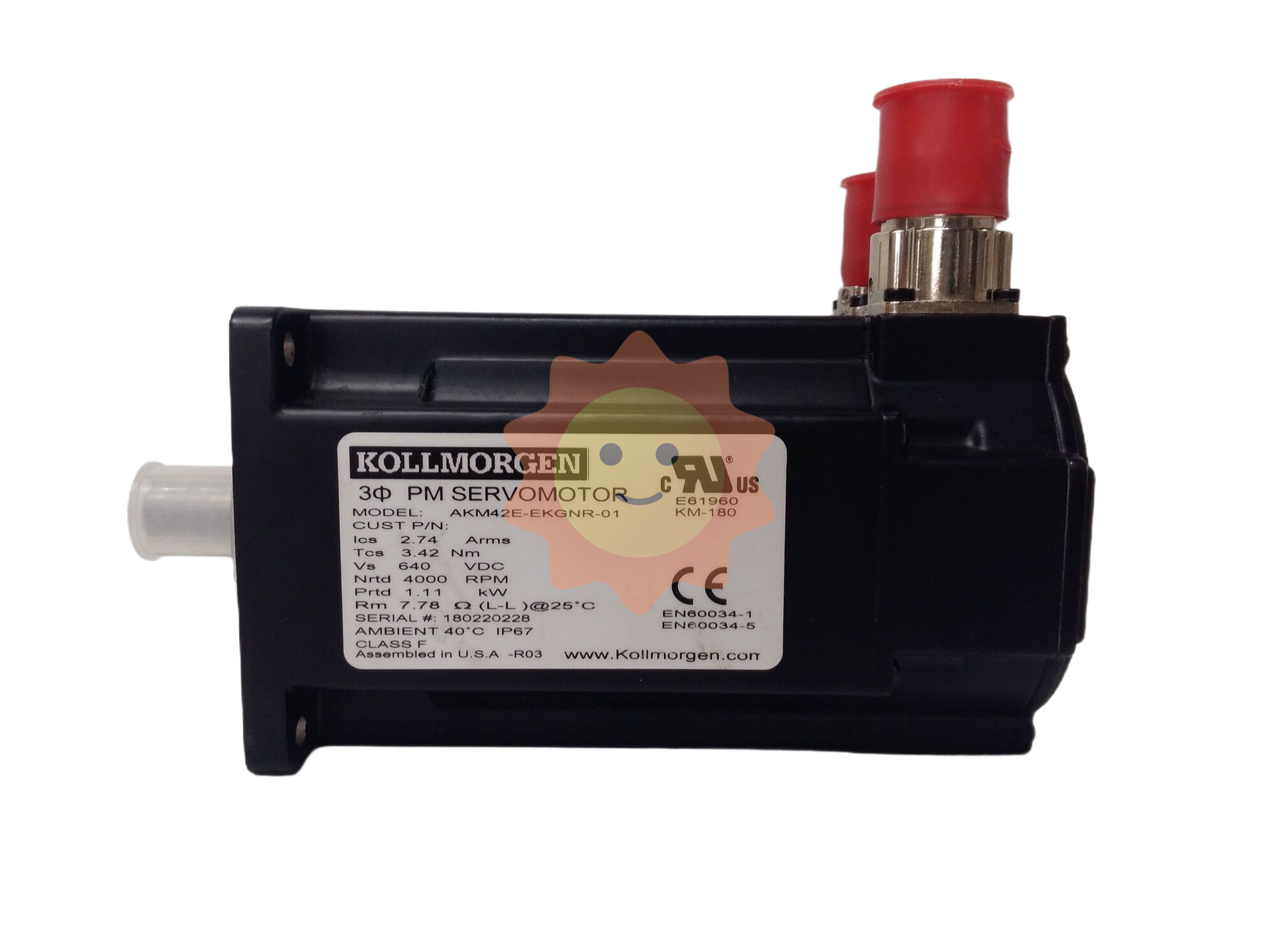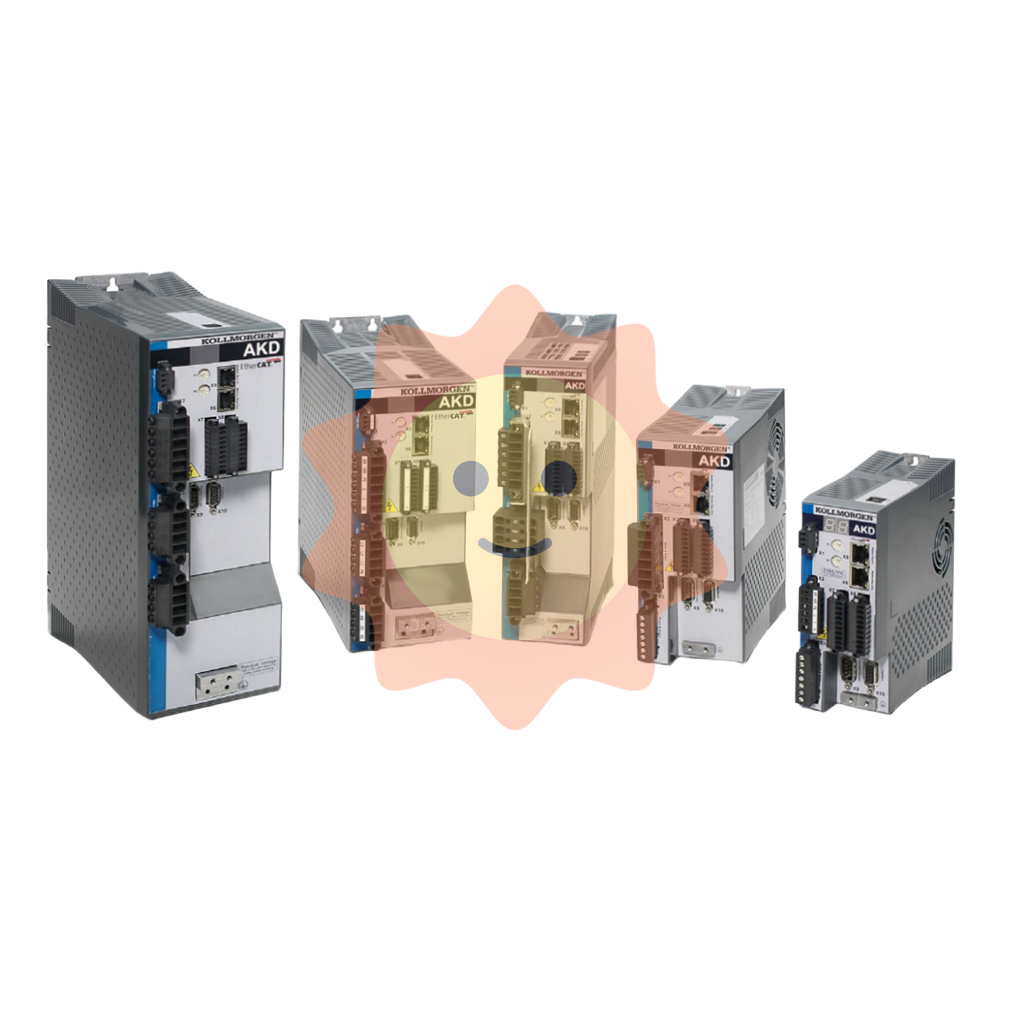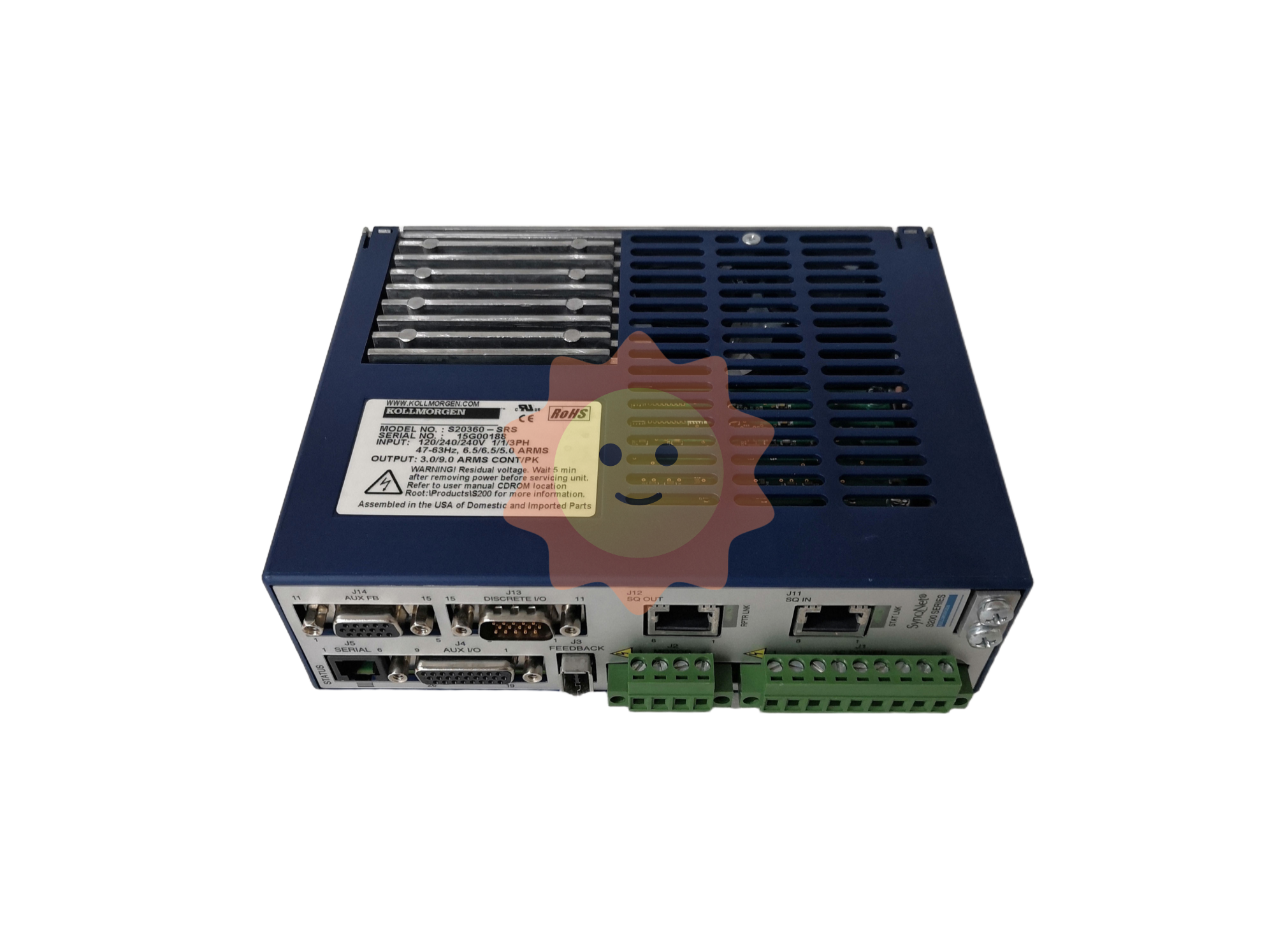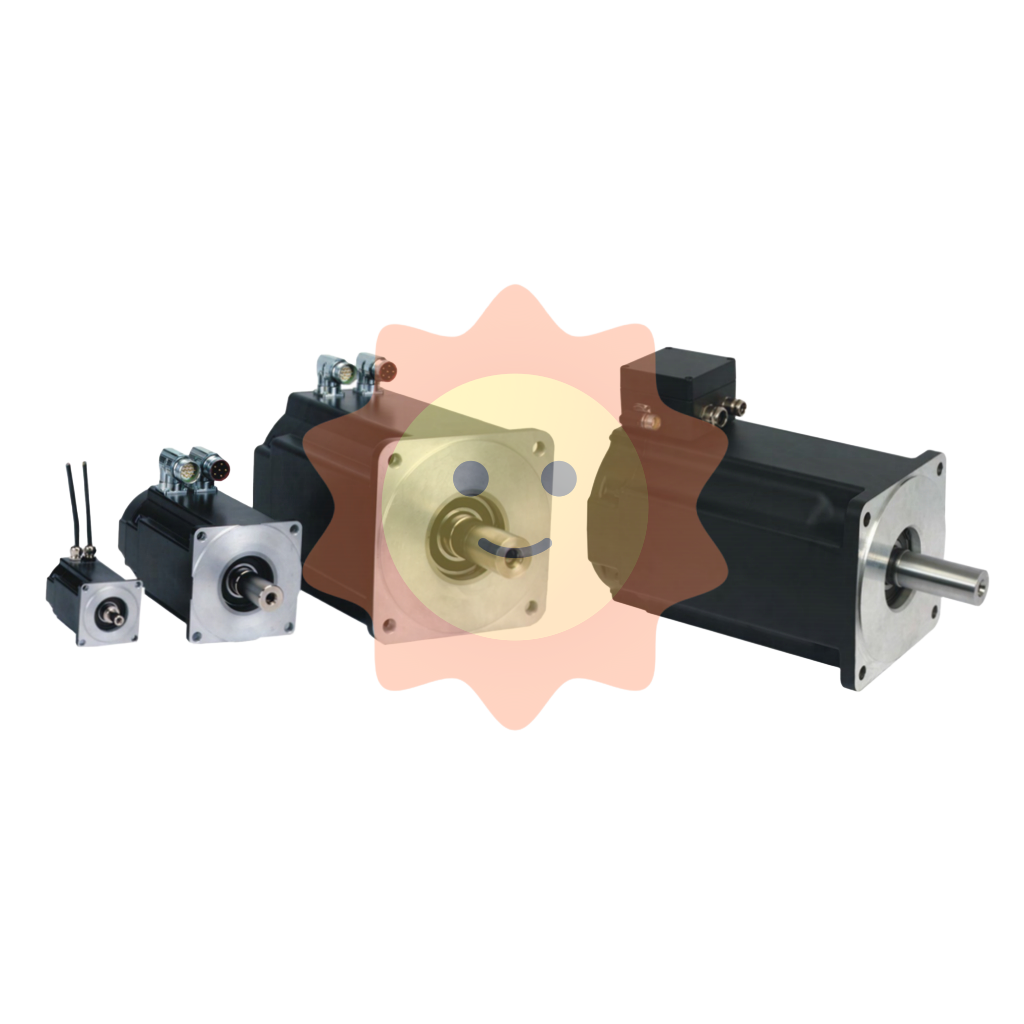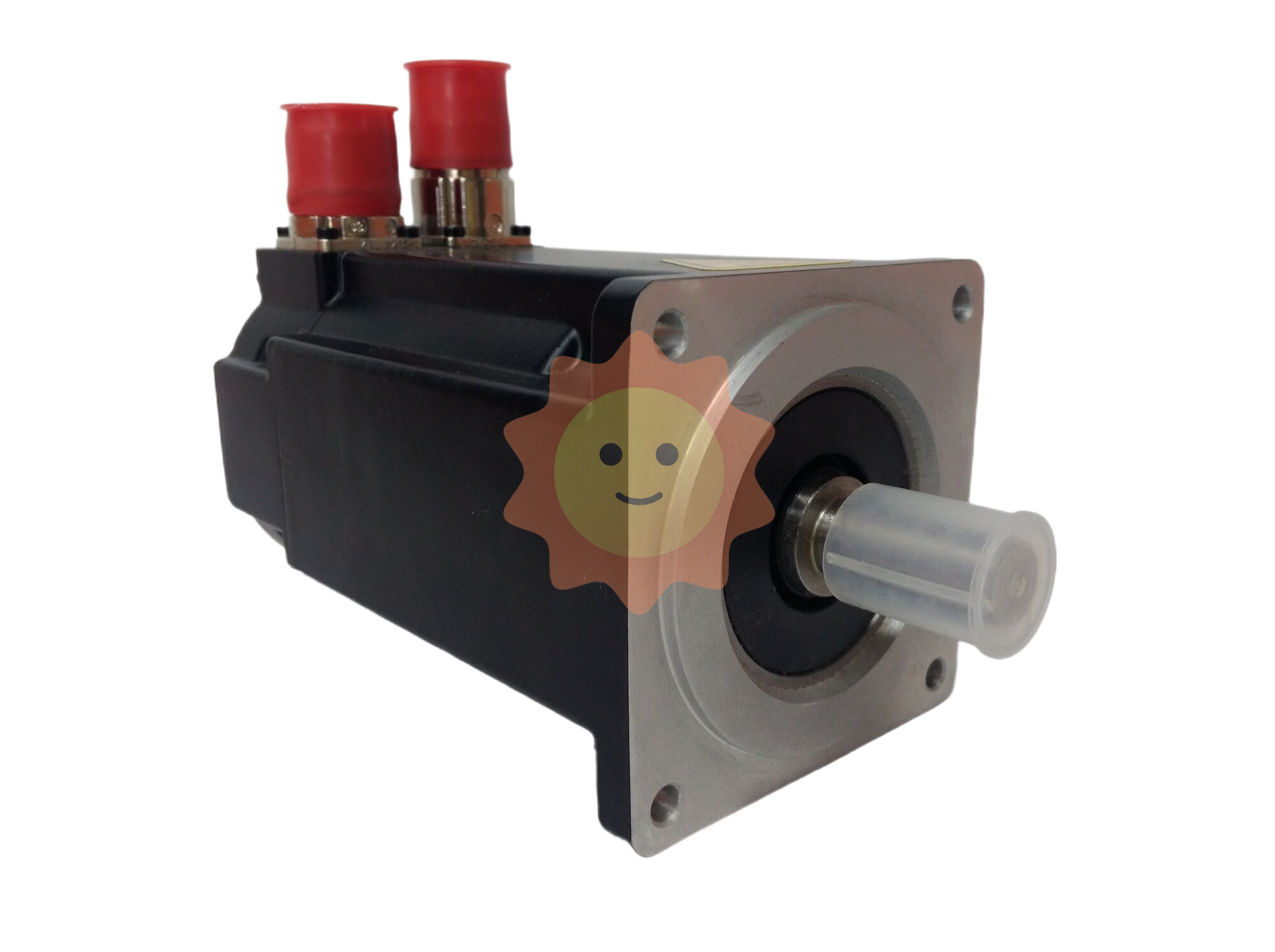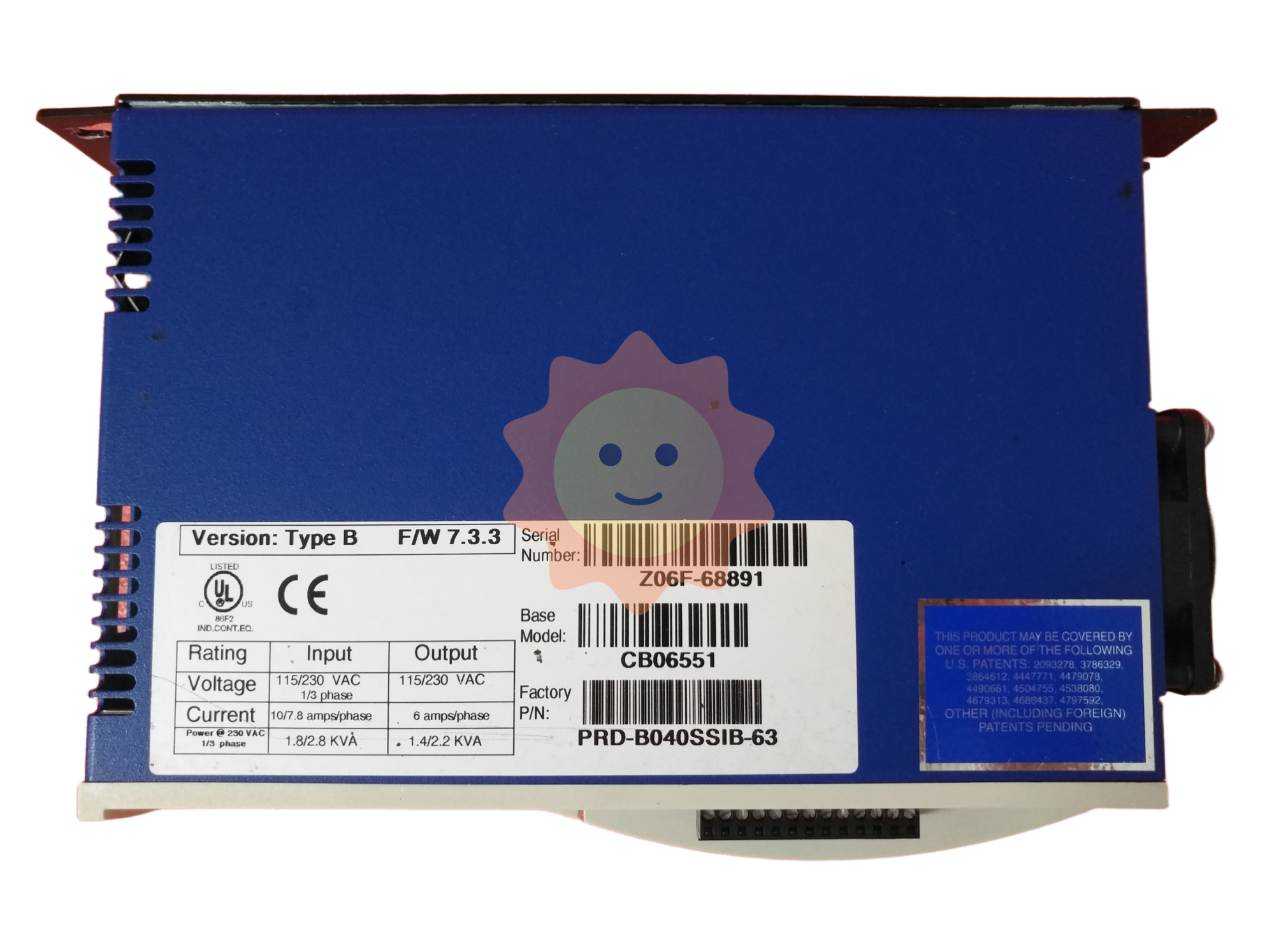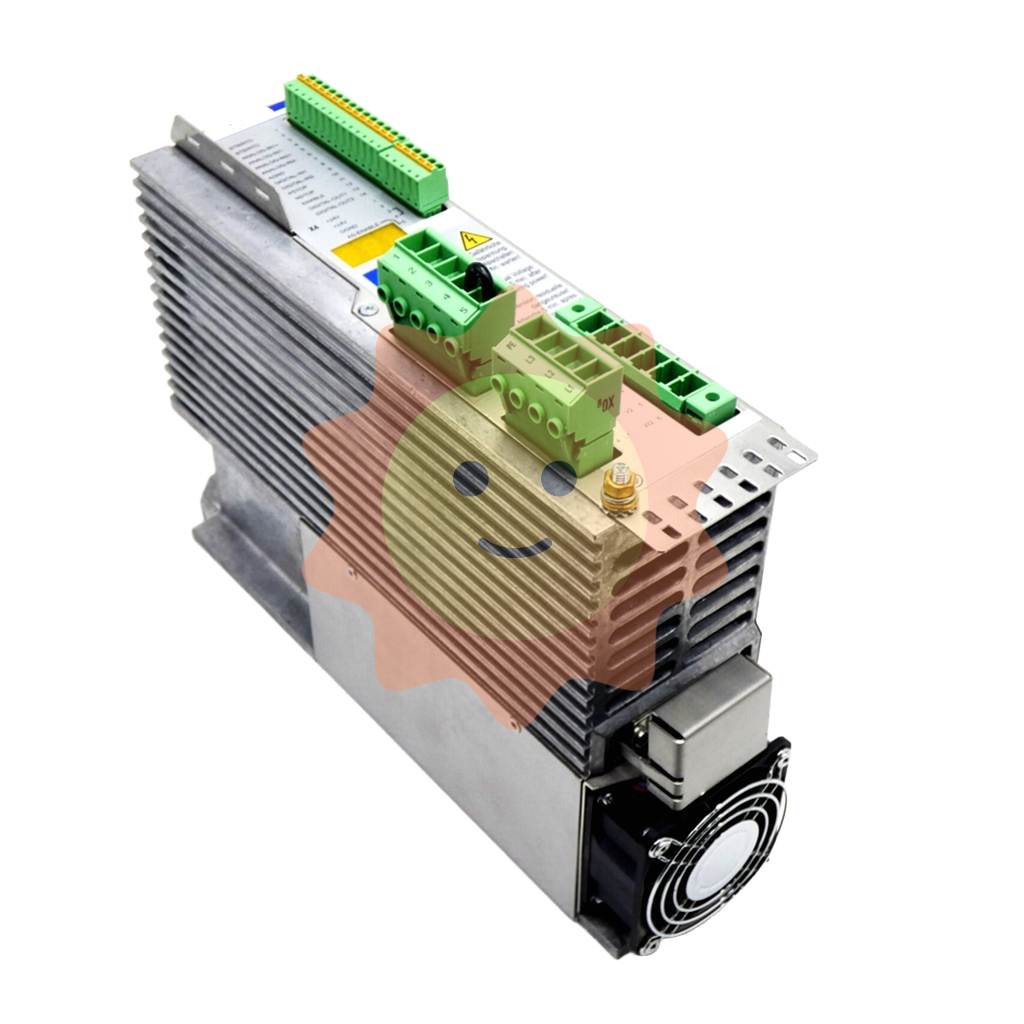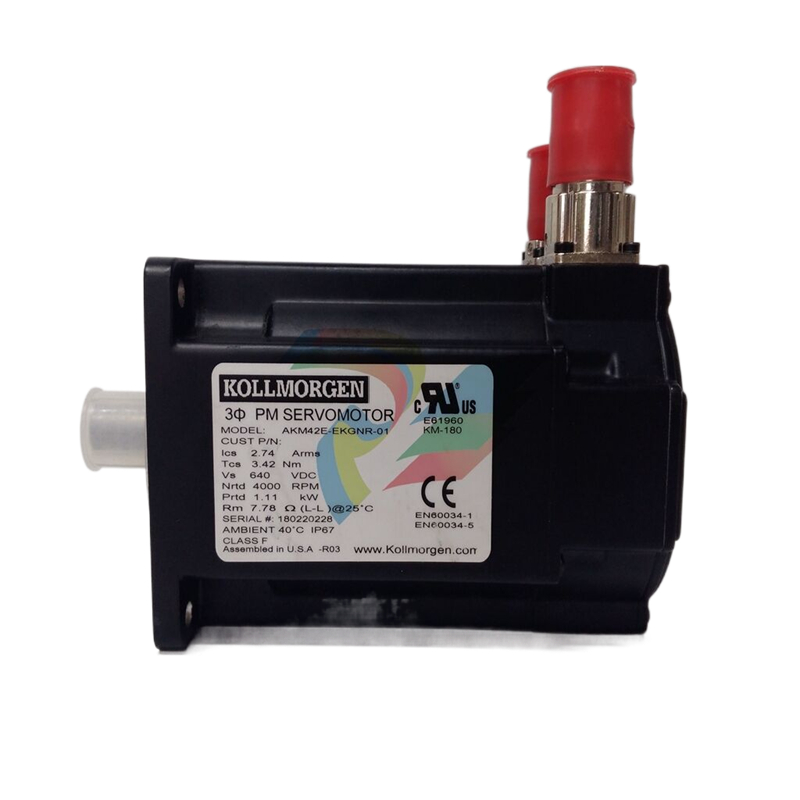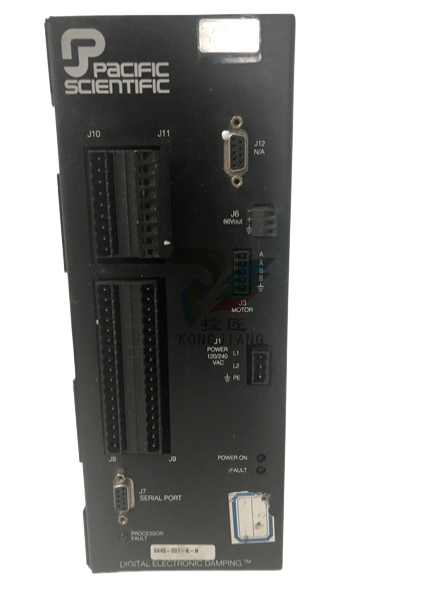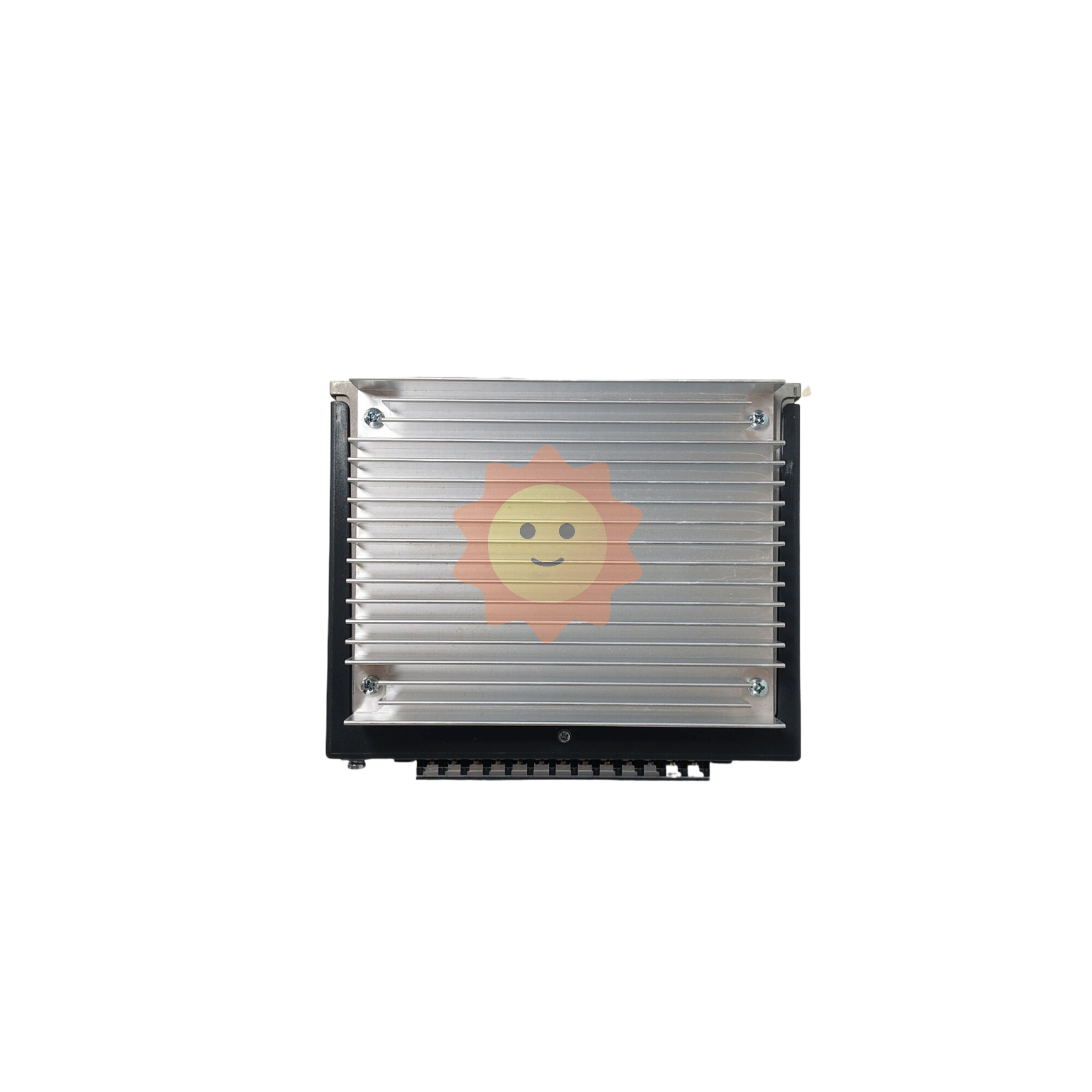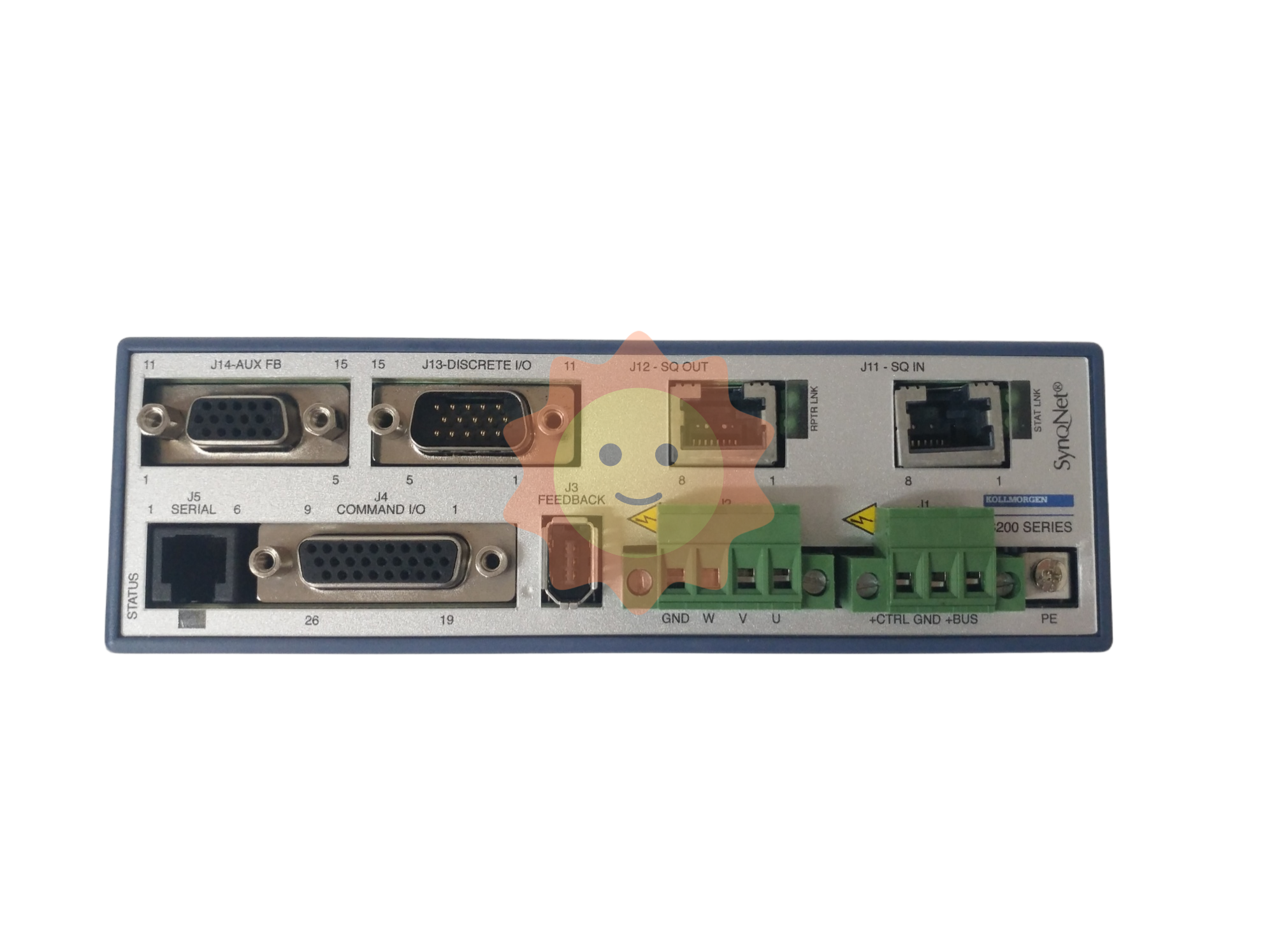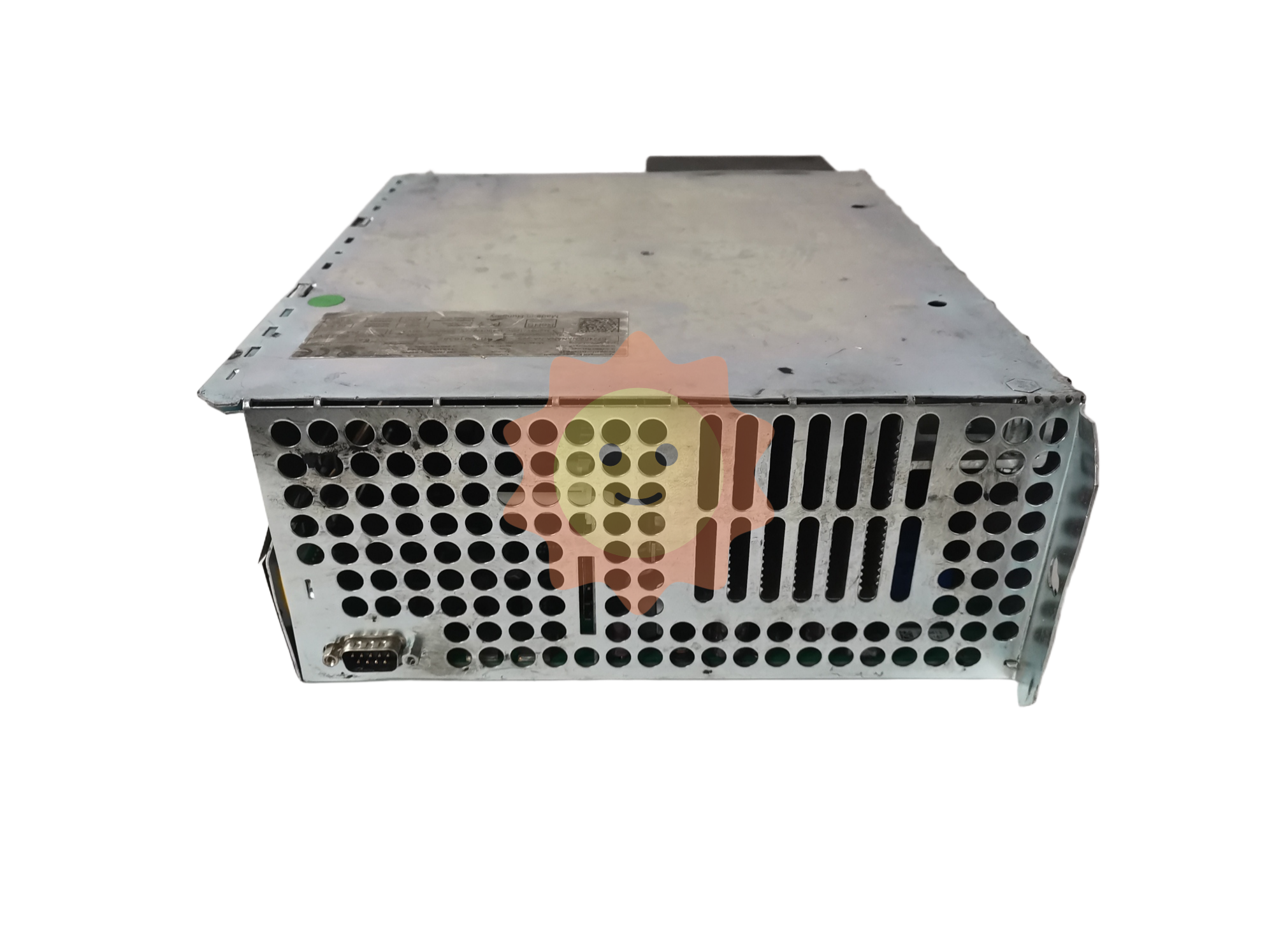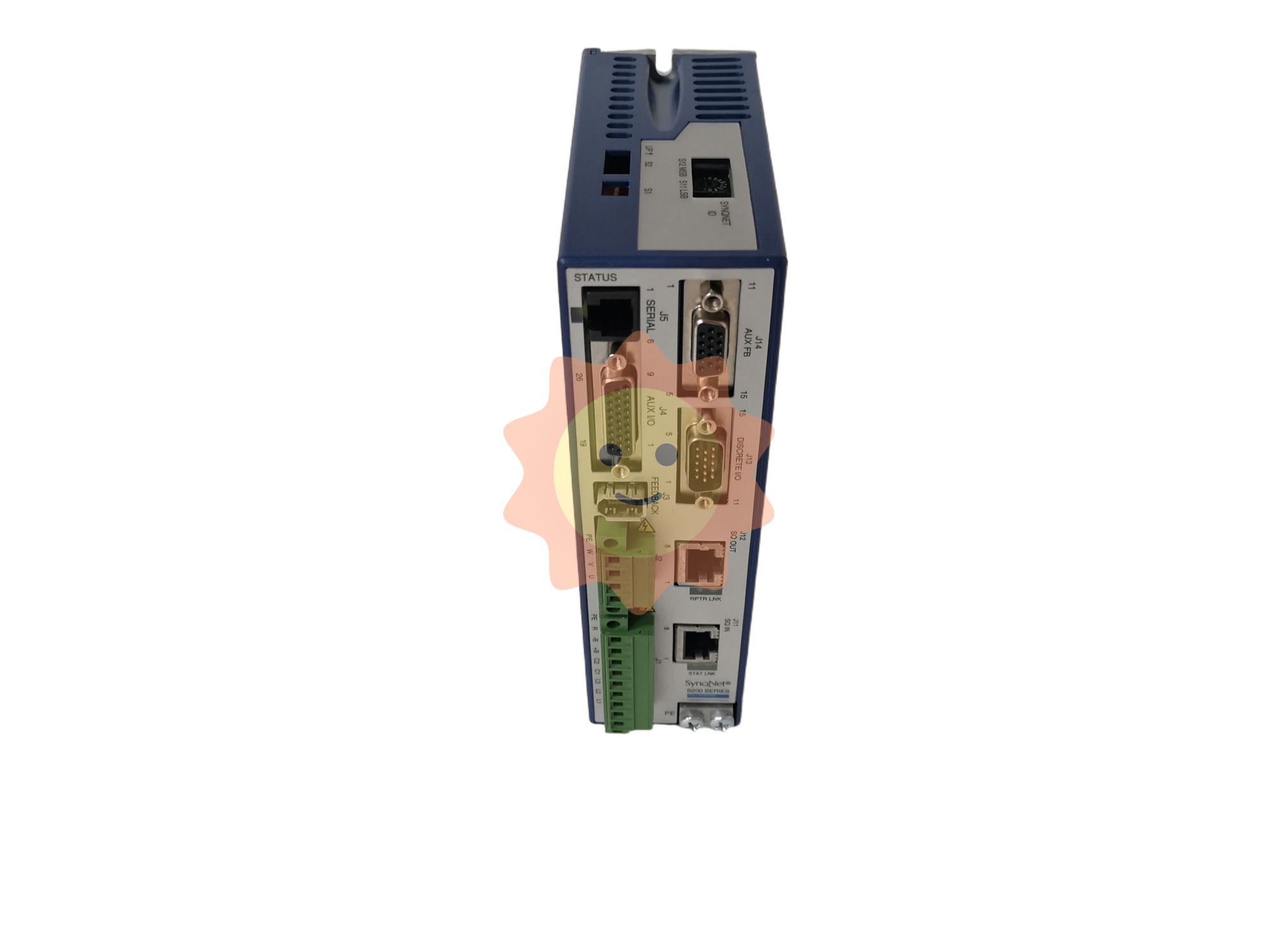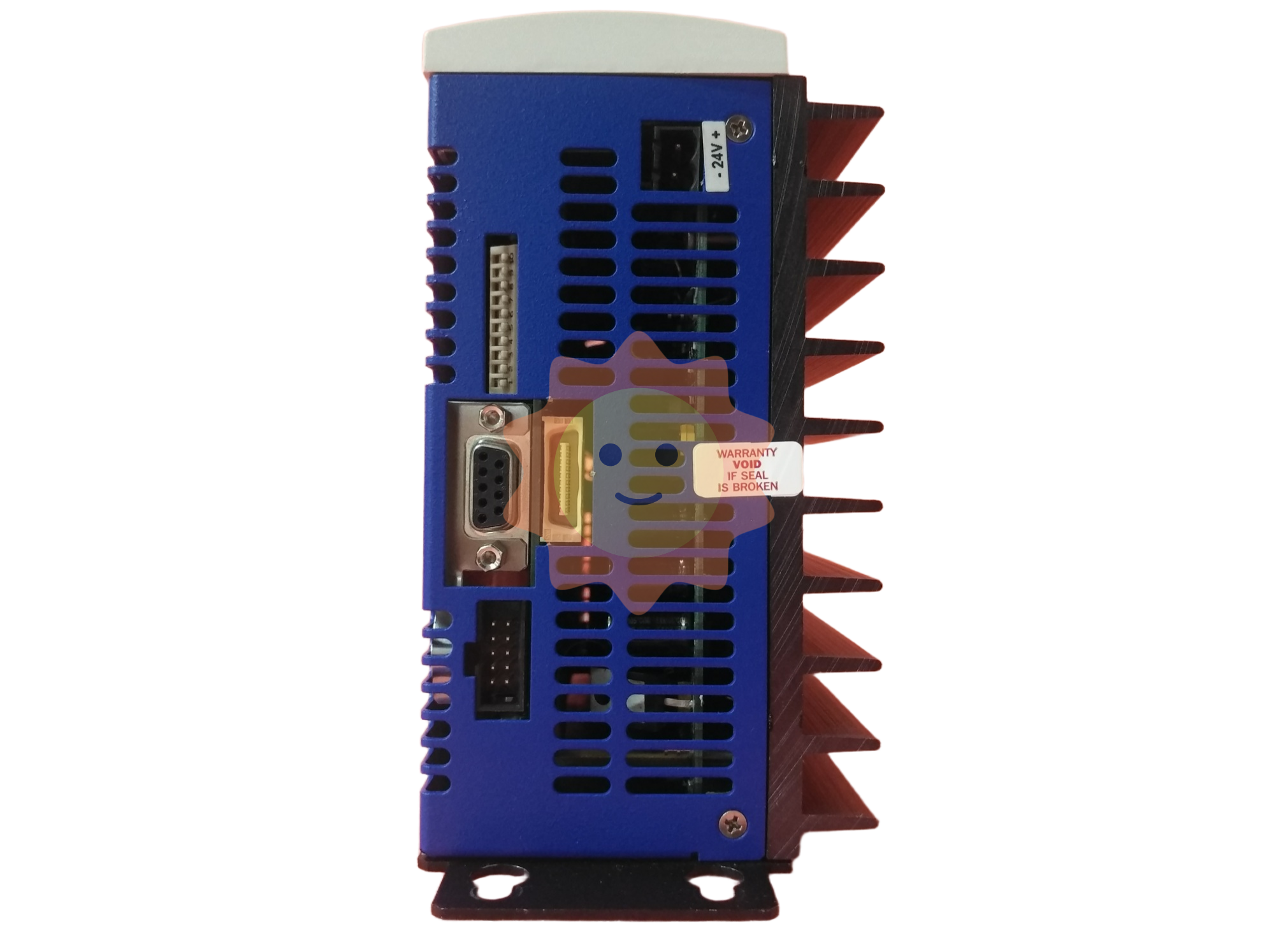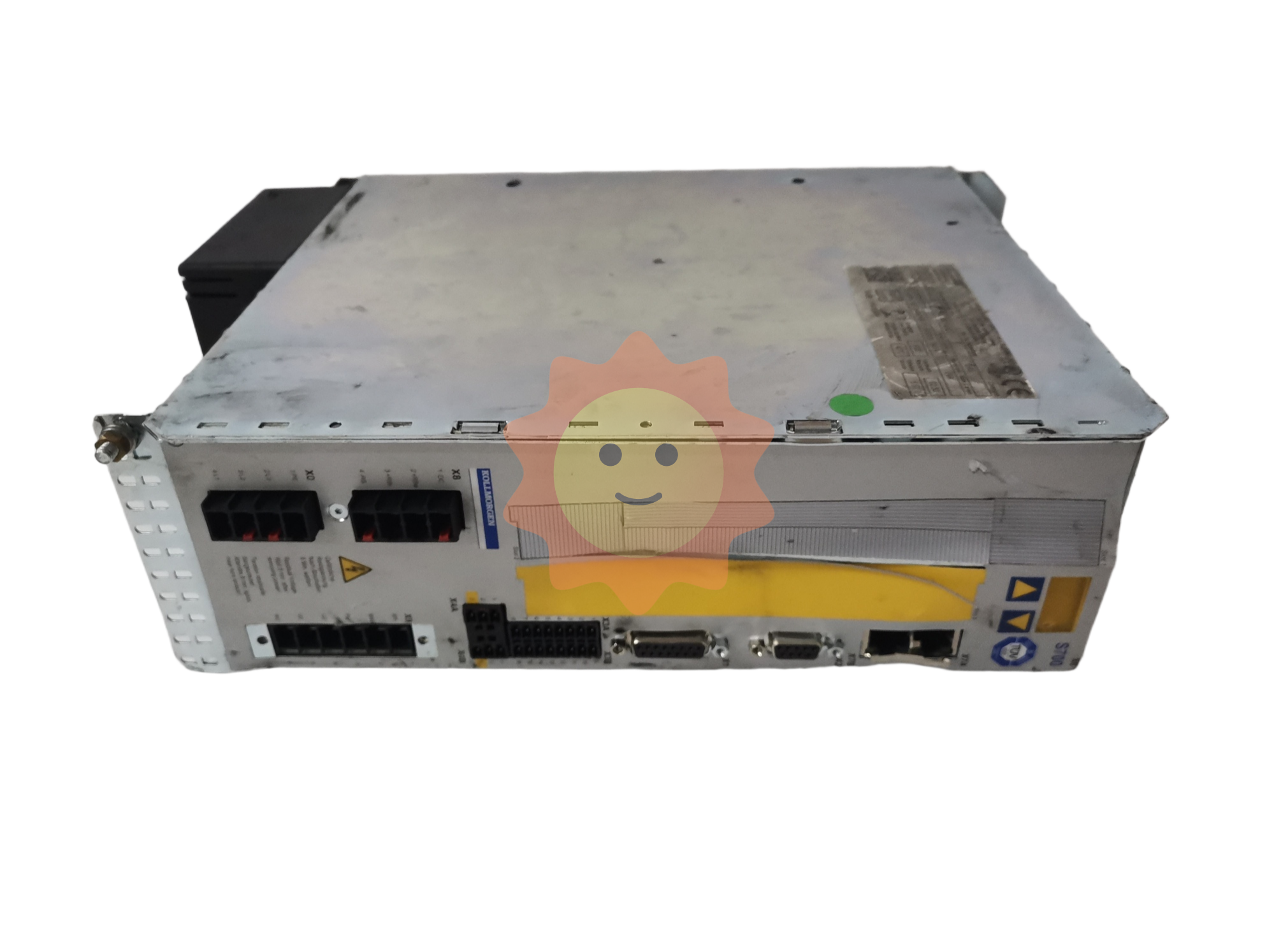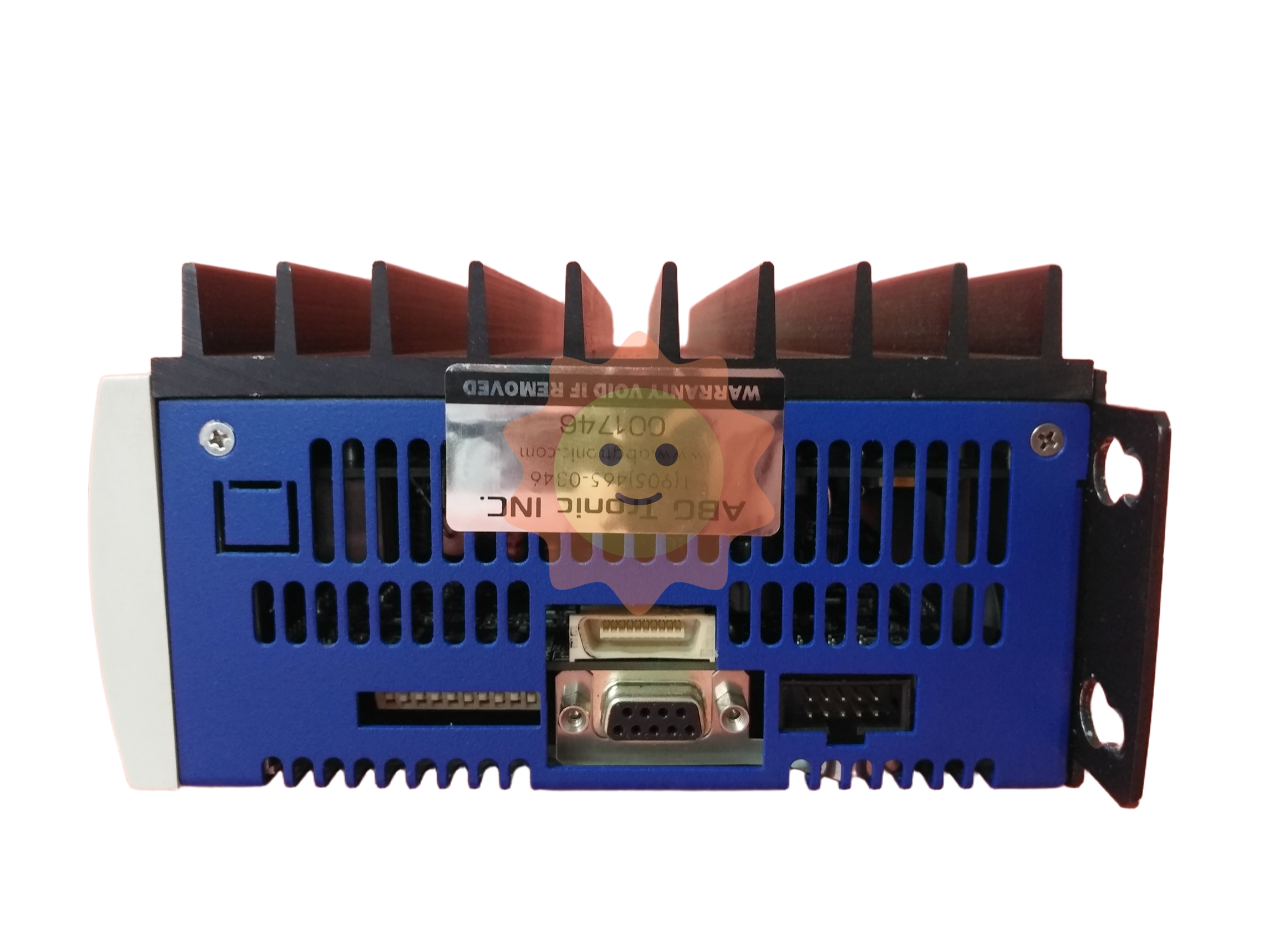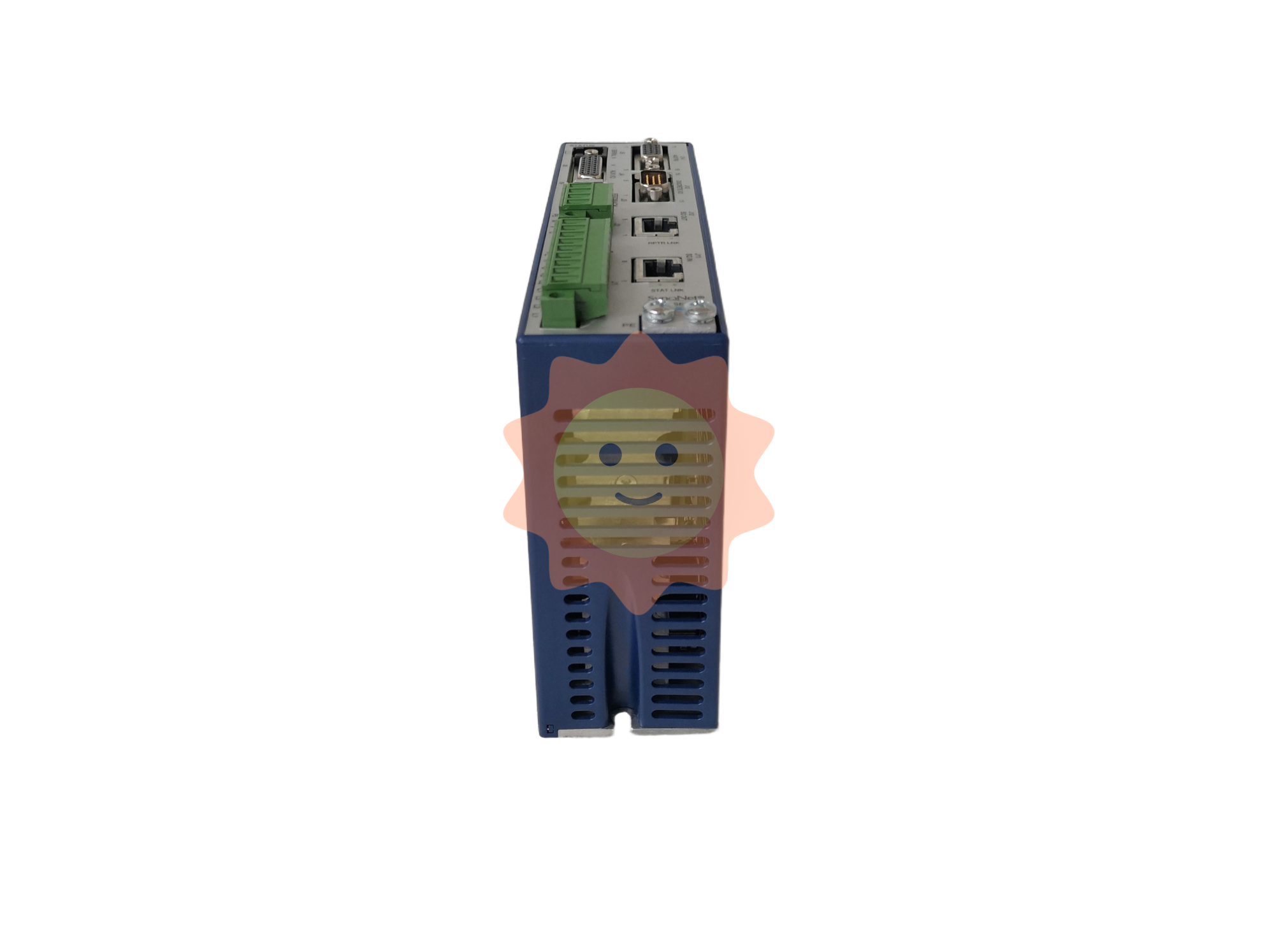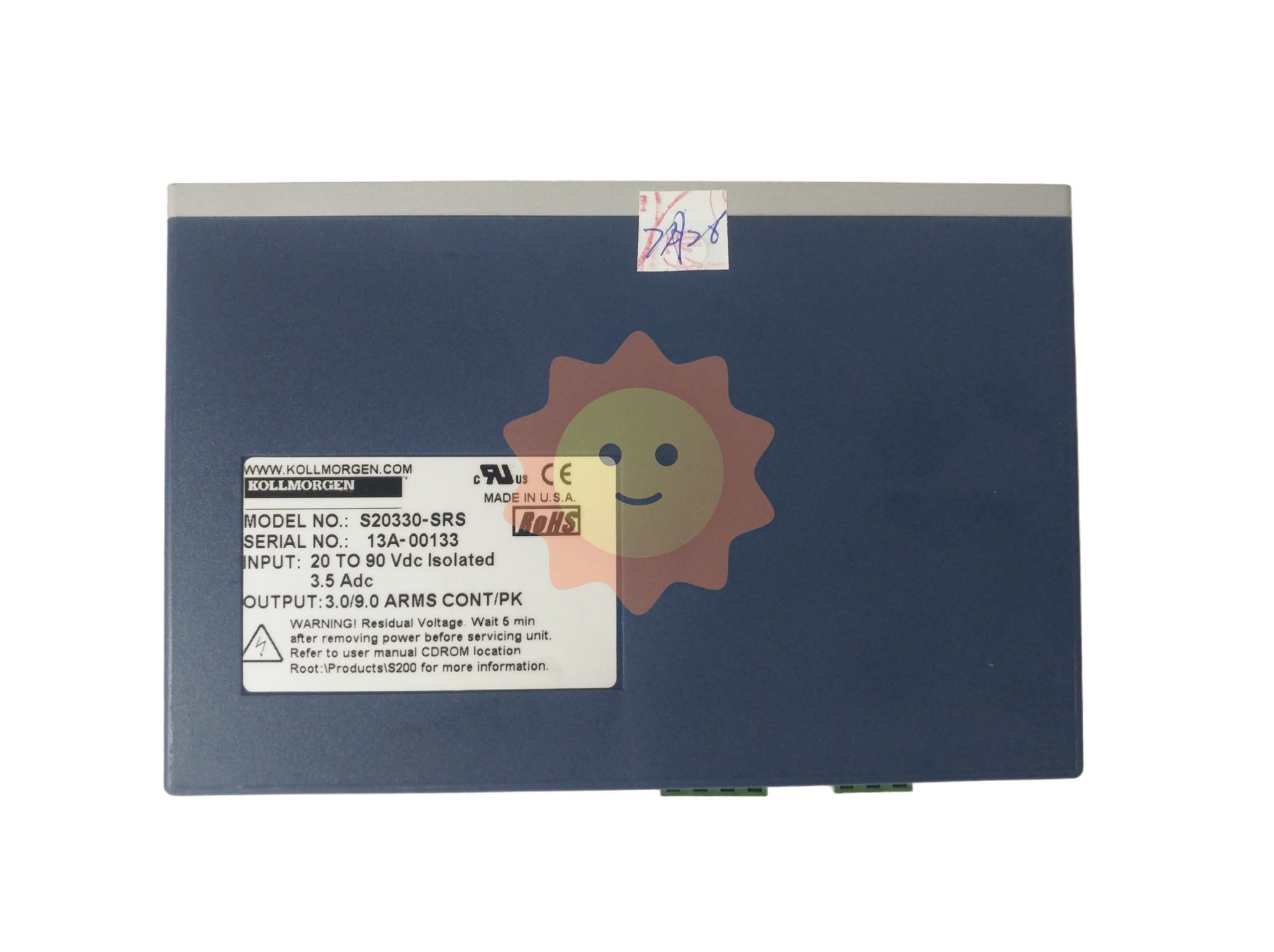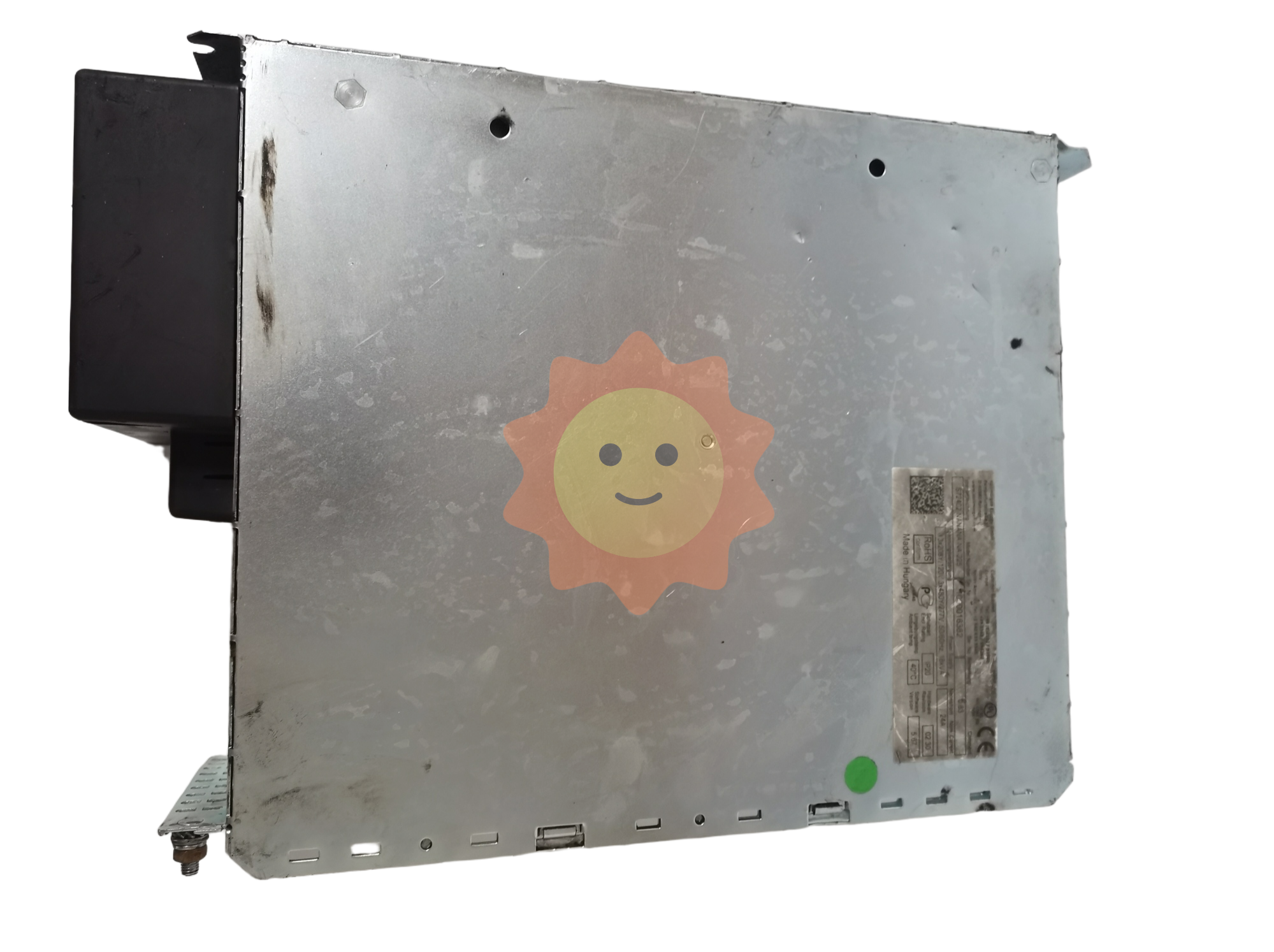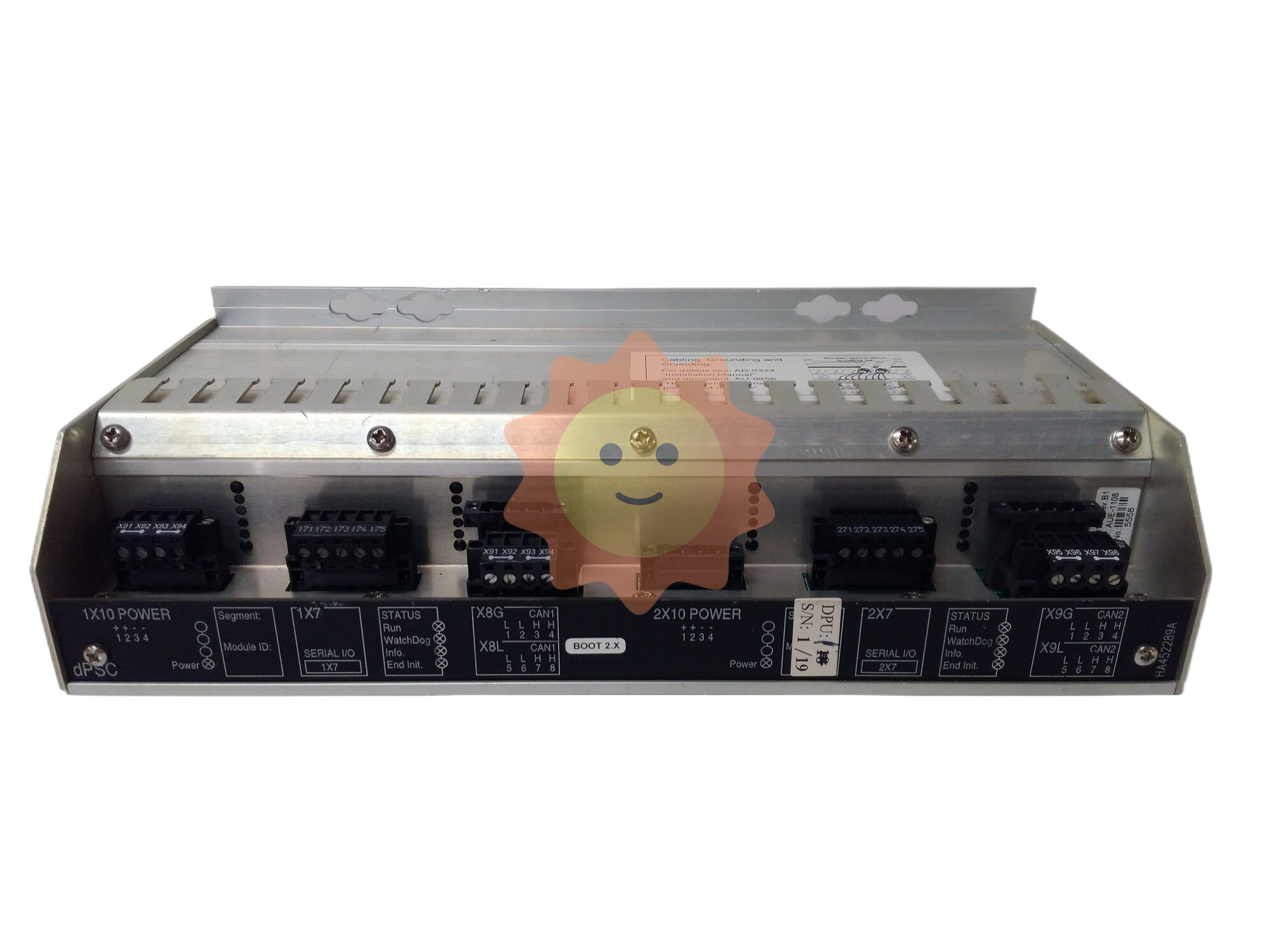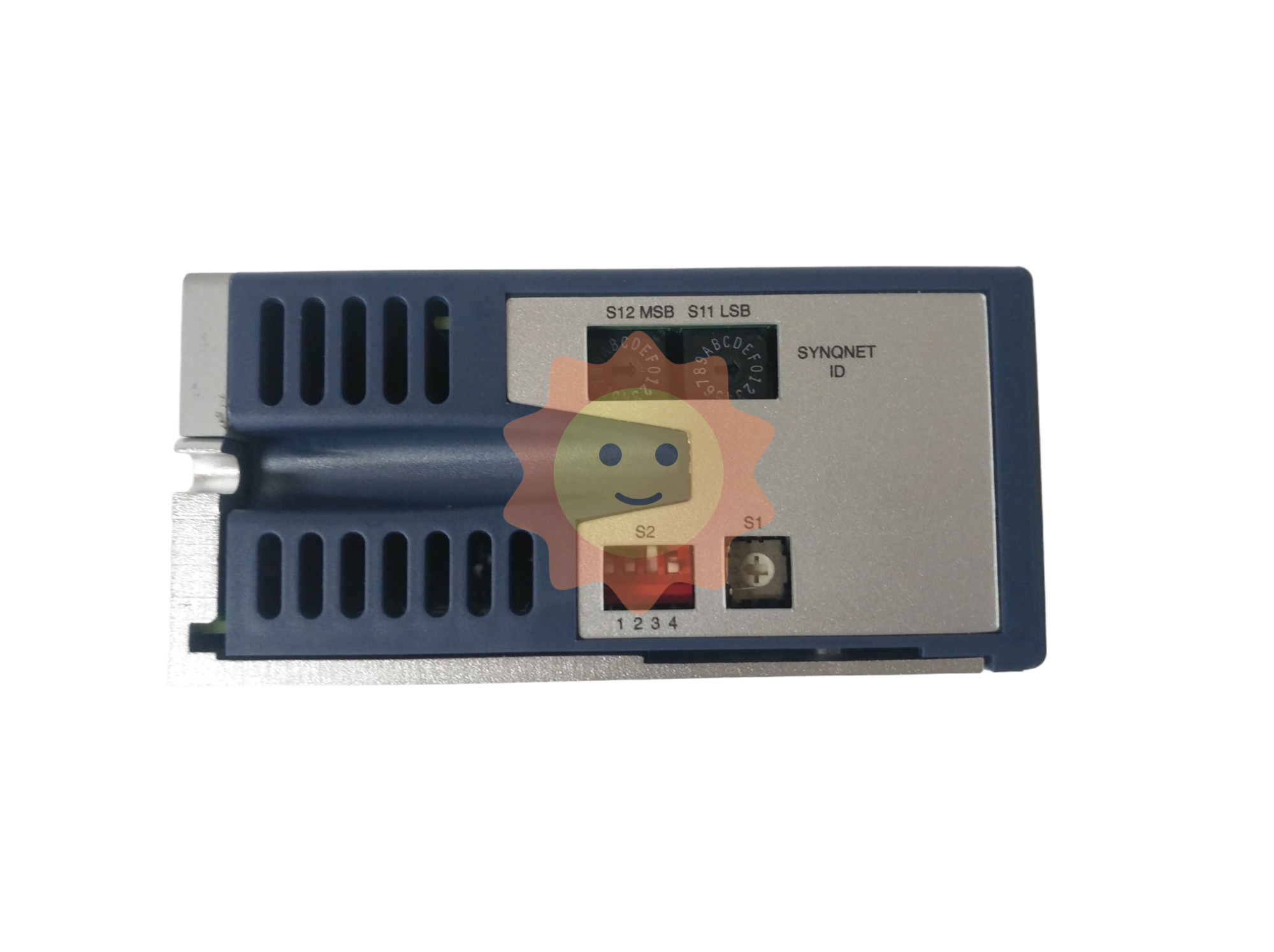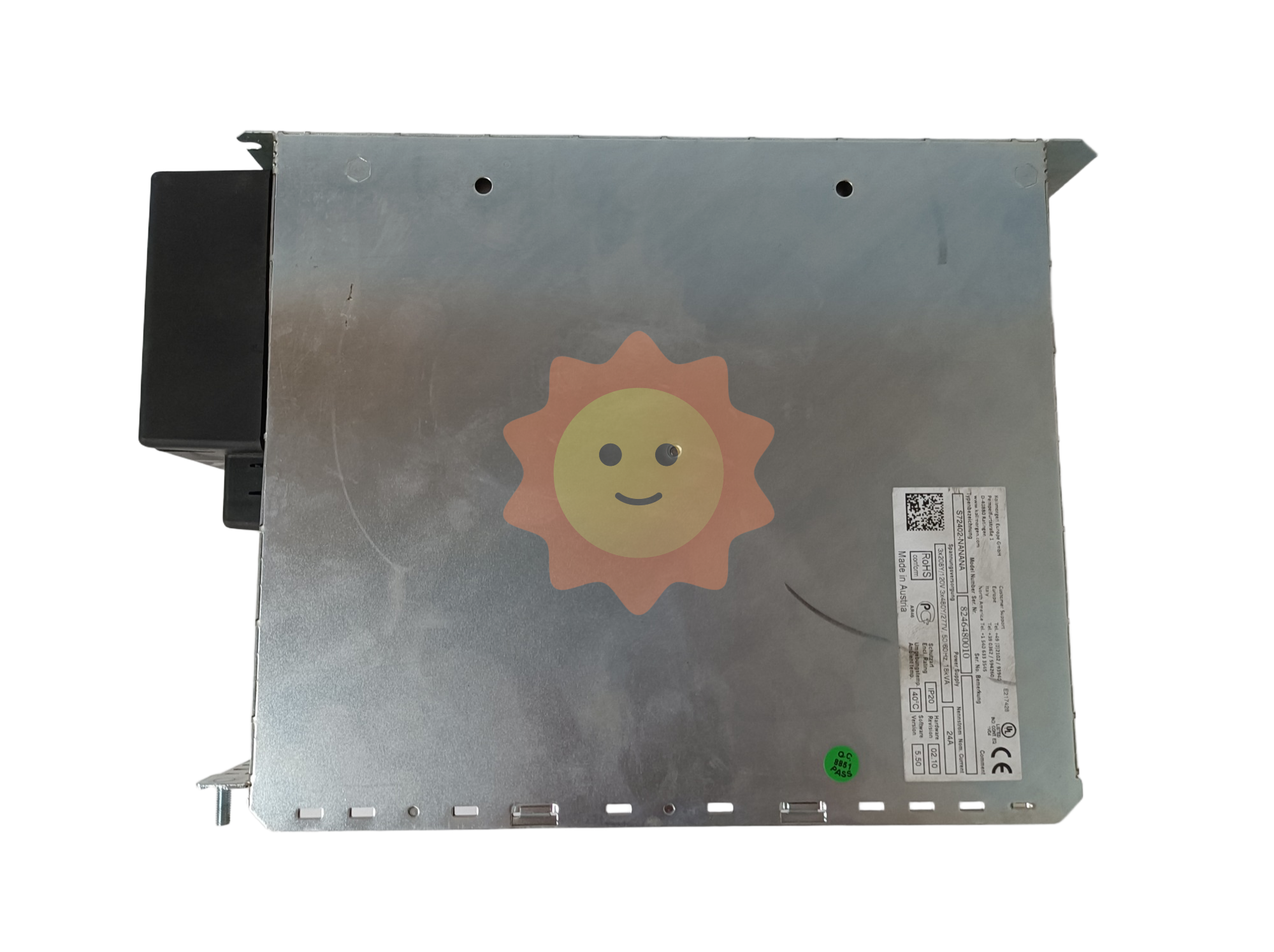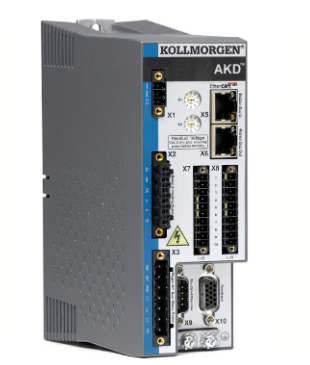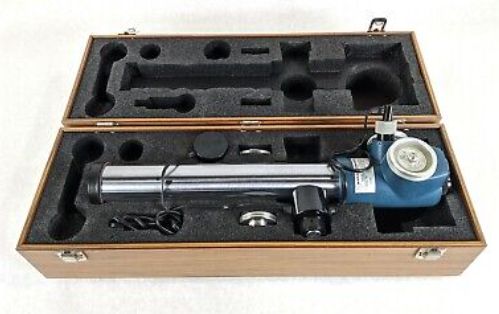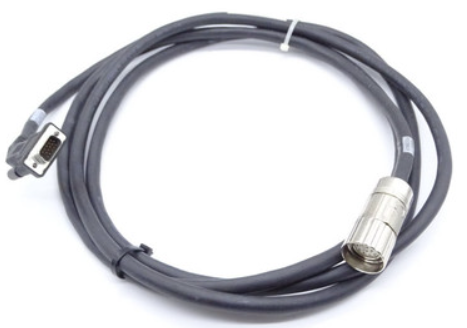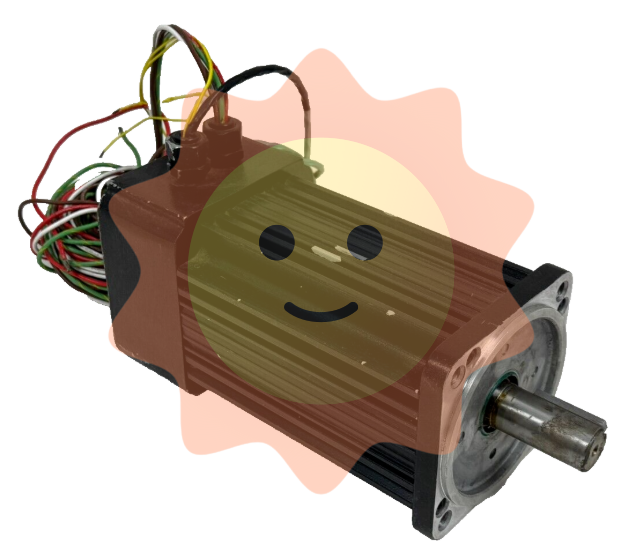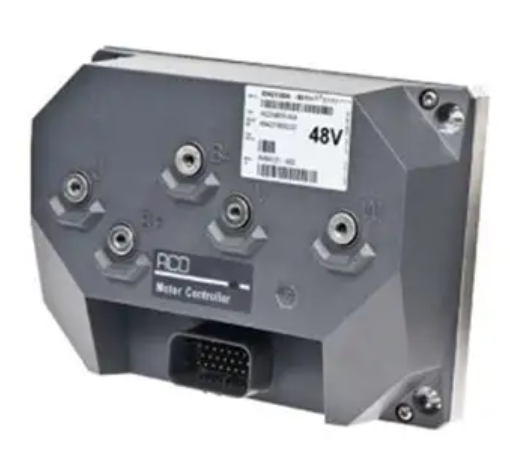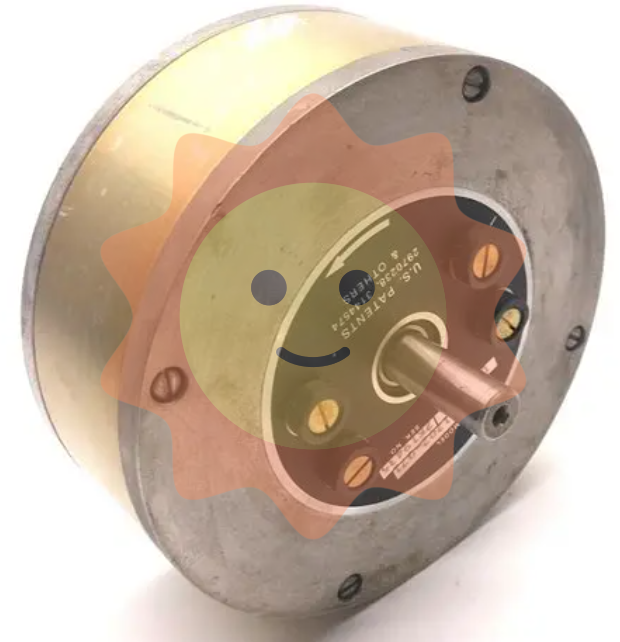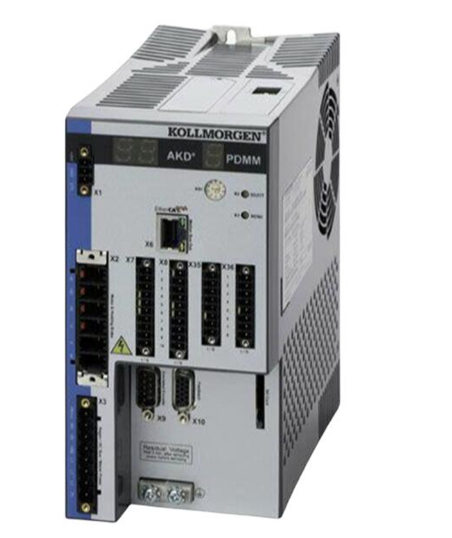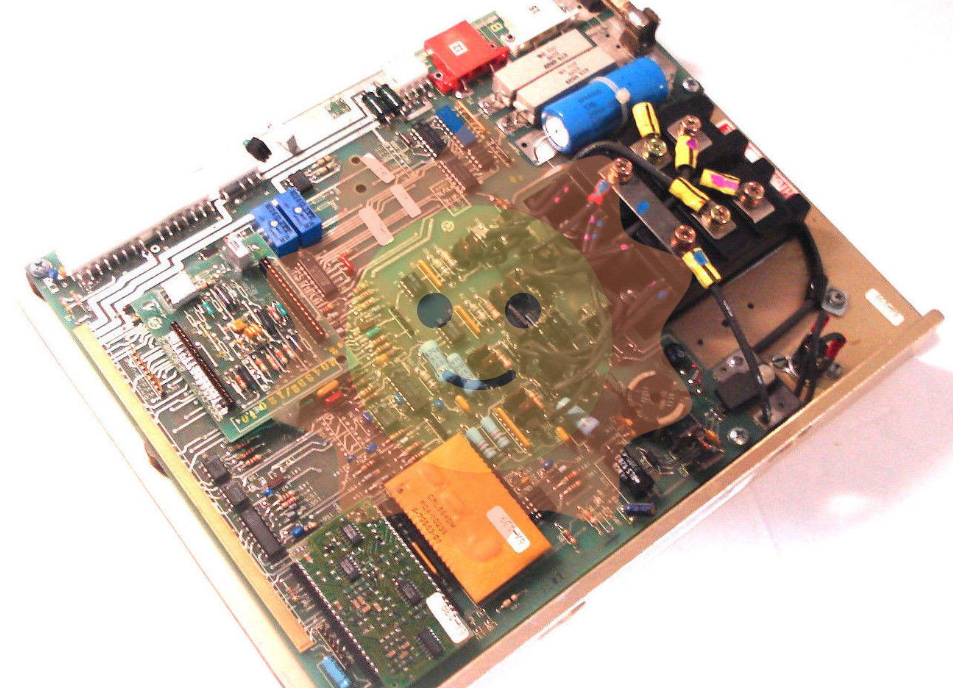Application of membrane technology in chemical wastewater treatment
3.3 Microfiltration membrane technology
In general, in the application process of microfiltration membrane technology, its technical application principle is mainly based on the microporous precision filtration mode, that is, through the sieve filter out the chemical diameter of 0.03 ~ 15μm solid particles and bacteria. Wastewater. Compared with other membrane technologies, this technology has a strong decontamination effect, so it is the most widely used technology in the semiconductor industry wastewater treatment. The application of this technology not only reduces the production cost of microfiltration membrane technology to a certain extent, but also improves the economic and social benefits of enterprises. At the same time, it also has obvious advantages in improving the backwashing performance of sewage treatment filters. Organic and inorganic microfiltration membranes are two types of microfiltration membrane technology applications. In addition to the above two application advantages, the organic combination with biological treatment technology has also significantly improved the quality and efficiency of sewage treatment, and has played an important role in the development of chemical enterprises.
3.4 Ultrafiltration membrane technology

Compared with microfiltration membrane technology, the pore size of ultrafiltration membrane technology is 0.05 ~ 1μm. In the application process of ultrafiltration membrane technology, the application principle of the technology is mainly combined with the pore size and treatment needs of the relevant personnel to separate, purify and concentrate the chemical wastewater in the wastewater, and separate the solid impurities in it. Waste water has laid a good foundation for the long-term development of the company and the stability of the surrounding ecosystem. Compared with other membrane treatment technologies, this technology can not only effectively eliminate bacteria and algae microorganisms in sewage to a certain extent, but also effectively control their growth rate by using oxidants. At the same time, it also has obvious advantages in reducing water turbidity and improving sewage treatment efficiency, so as to improve the effect of sewage treatment, so as to lay a solid foundation for the further development of enterprises.
4. Conclusion
With the continuous development of China's industrialization process, the sewage discharge of chemical enterprises is more and more large, and the problem of chemical sewage is more and more serious. At the same time, with the national sewage discharge standards becoming more and more strict, the traditional sewage treatment technology can not meet the current needs. Membrane technology, as a new high technology, has the advantages of low energy consumption, small footprint and strong purification capacity, and has broad development prospects in chemical wastewater treatment. However, according to the relevant data survey, for different chemical wastewater, a single membrane technology usually cannot effectively solve the fundamental problem of chemical wastewater, and may lead to "membrane pollution". Therefore, under the guidance of "sustainable development" policy makers, chemical companies need to organically combine multiple membrane technologies in the development process, and maximize the application value of membrane technology on the basis of minimizing the goal. Chemical wastewater treatment costs. The development of the industry has laid the foundation for sustainable development.
- EMERSON
- Honeywell
- CTI
- Rolls-Royce
- General Electric
- Woodward
- Yaskawa
- xYCOM
- Motorola
- Siemens
- Rockwell
- ABB
- B&R
- HIMA
- Construction site
- electricity
- Automobile market
- PLC
- DCS
- Motor drivers
- VSD
- Implications
- cement
- CO2
- CEM
- methane
- Artificial intelligence
- Titanic
- Solar energy
- Hydrogen fuel cell
- Hydrogen and fuel cells
- Hydrogen and oxygen fuel cells
- tyre
- Chemical fiber
- dynamo
- corpuscle
- Pulp and paper
- printing
- fossil
- FANUC
- Food and beverage
- Life science
- Sewage treatment
- Personal care
- electricity
- boats
- infrastructure
- Automobile industry
- metallurgy
- Nuclear power generation
- Geothermal power generation
- Water and wastewater
- Infrastructure construction
- Mine hazard
- steel
- papermaking
- Natural gas industry
- Infrastructure construction
- Power and energy
- Rubber and plastic
- Renewable energy
- pharmacy
- mining
- Plastic industry
- Schneider
- Kongsberg
- NI
- Wind energy
- International petroleum
- International new energy network
- gas
- WATLOW
- ProSoft
- SEW
- wind
- ADVANCED
- Reliance
- YOKOGAWA
- TRICONEX
- FOXBORO
- METSO
- MAN
- Advantest
- ADVANCED
- ALSTOM
- Control Wave
- AB
- AMAT
- STUDER
- KONGSBERG
- MOTOROLA
- DANAHER MOTION
- Bently
- Galil
- EATON
- MOLEX
- Triconex
- DEIF
- B&W
- ZYGO
- Aerotech
- DANFOSS
- KOLLMORGEN
- Beijer
- Endress+Hauser
- MOOG
- KB


Email:wang@kongjiangauto.com


